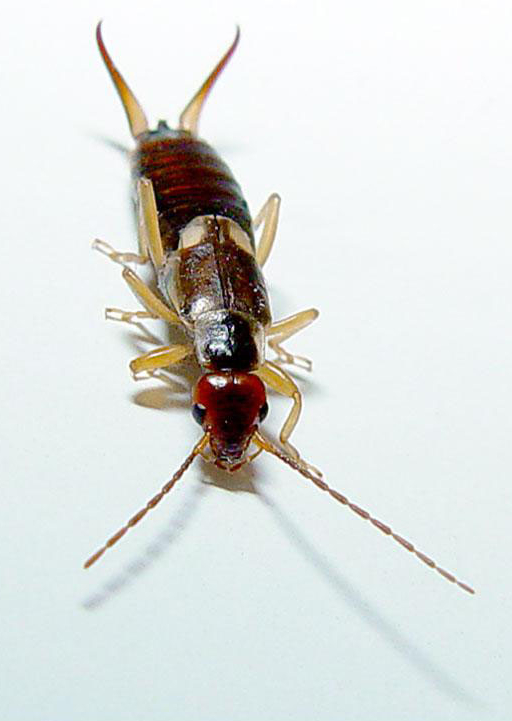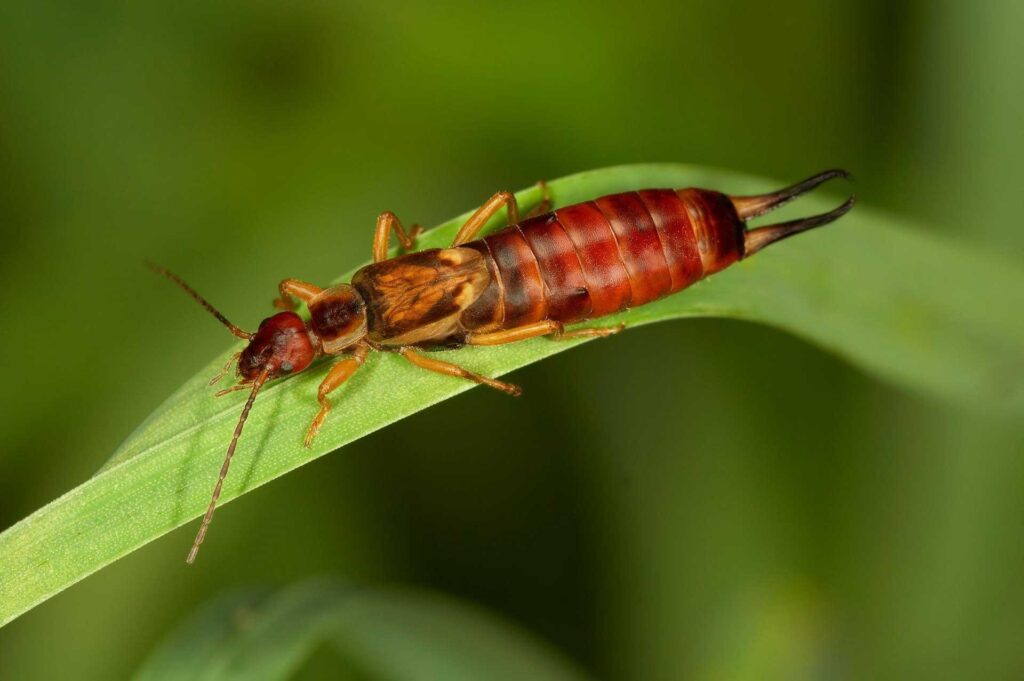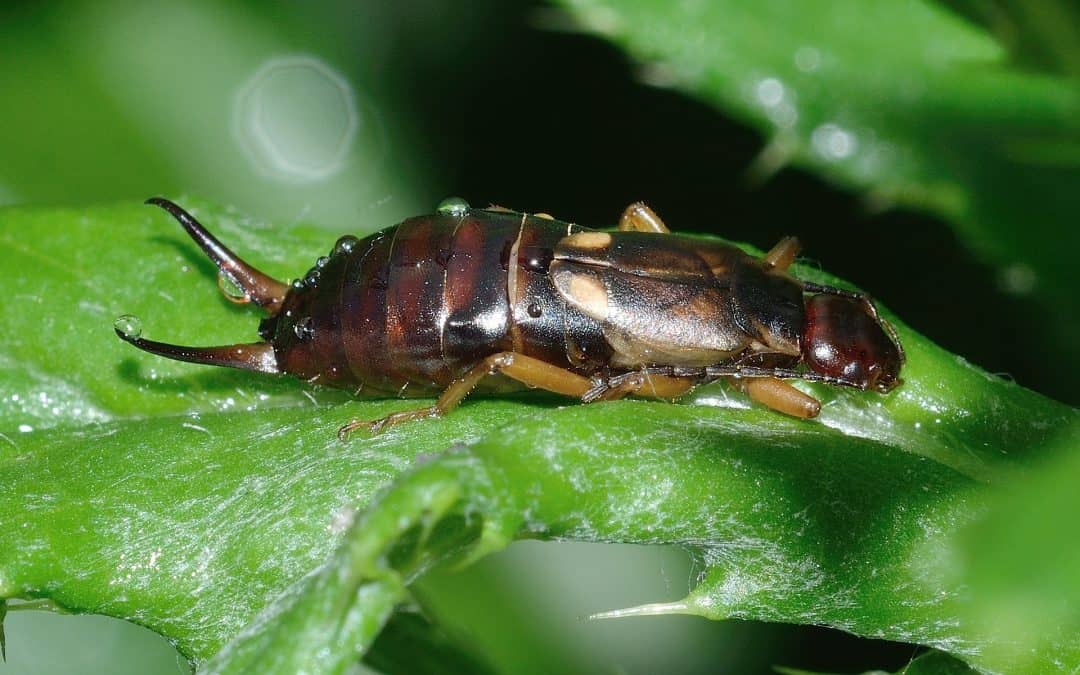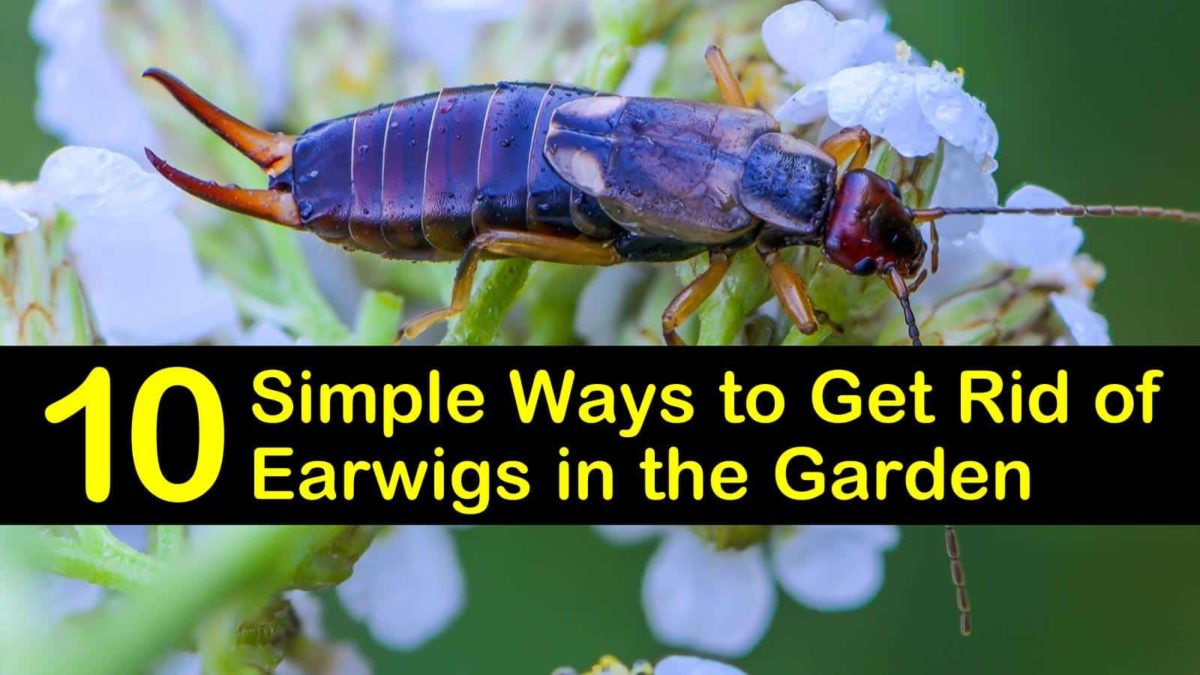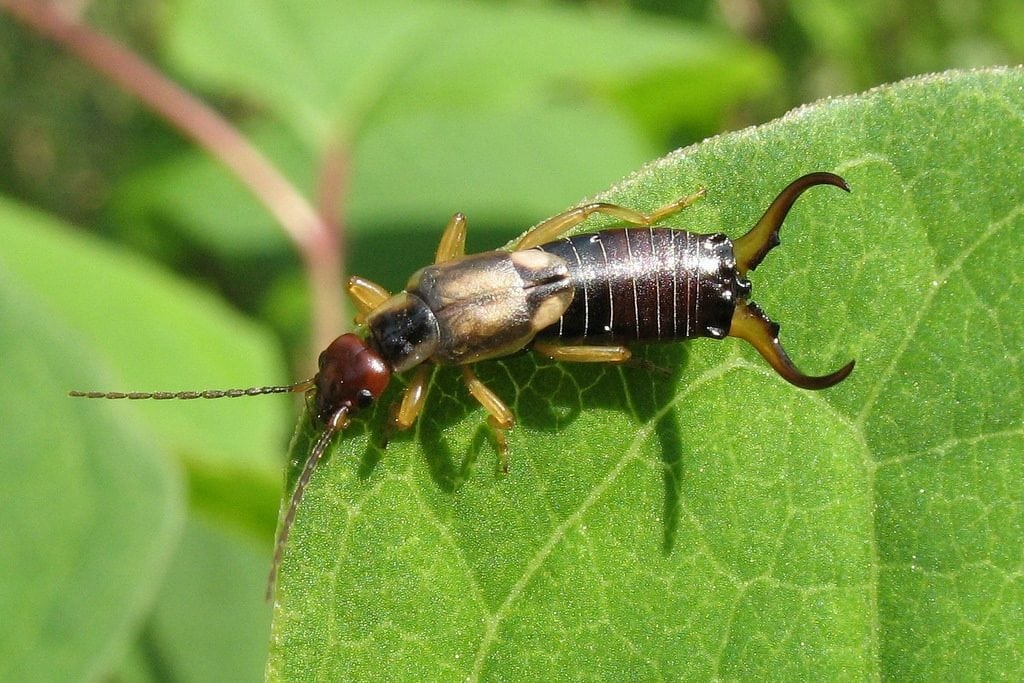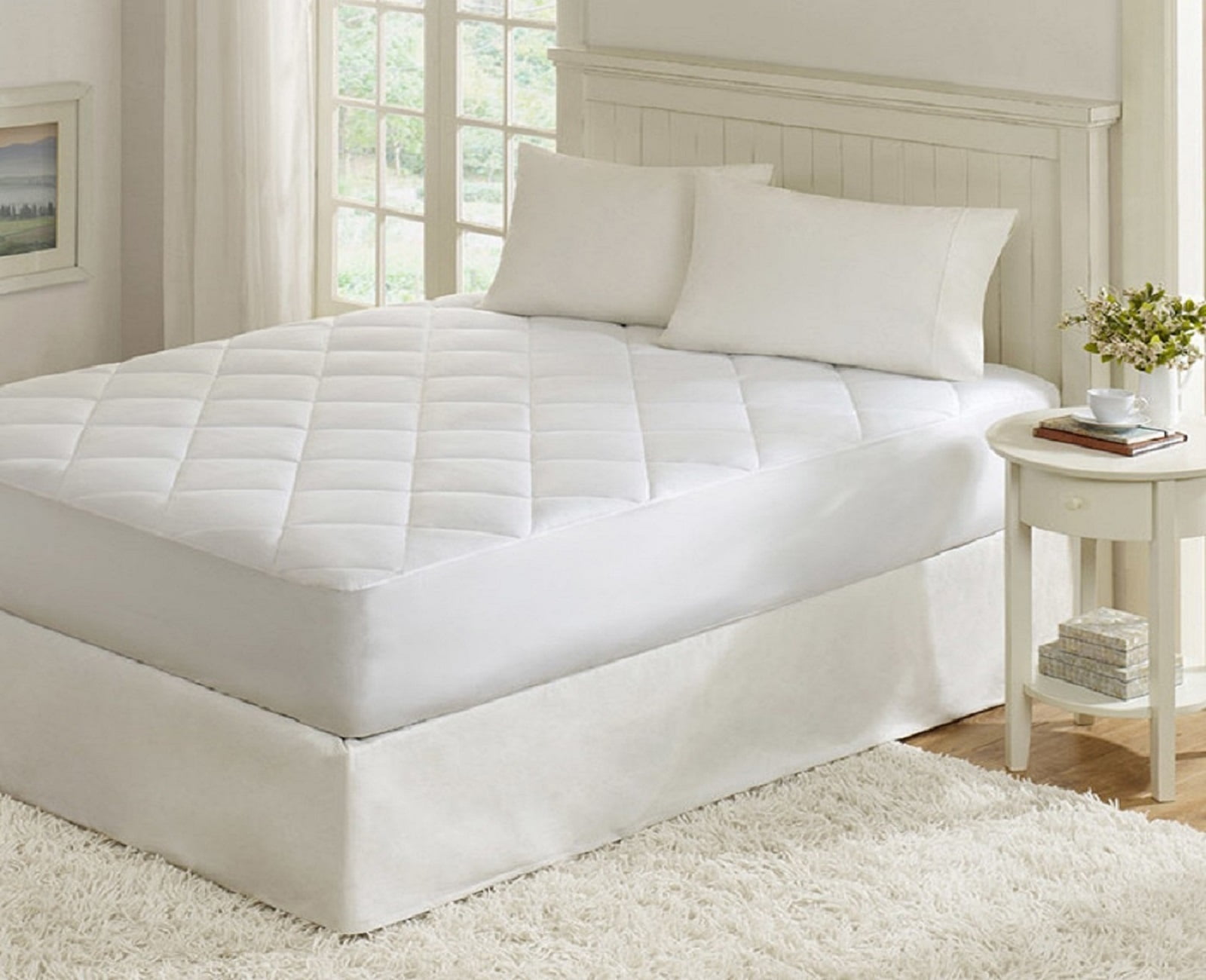If you've ever noticed tiny, moth-like insects flying around your kitchen sink, chances are you have drain flies. These small, white insects are commonly found near drains and are attracted to moisture and organic matter. While they may seem harmless, they can become a nuisance and even a health hazard if left unchecked. Drain flies, also known as sewer gnats or sink flies, are small, fuzzy flies that measure only about 1/6 inch in length. They are typically light grey in color with long, delicate wings that make them look more like moths than flies. These insects are most active at night and are often found resting on walls, ceilings, and around drains during the day. So, what exactly attracts these pesky insects to your kitchen sink? The answer lies in their name – drain flies. These insects breed and thrive in moist, organic matter found in drains and pipes. This can include rotting food particles, grease, and hair. If you have a slow-moving or clogged drain, you may be providing the perfect breeding ground for drain flies. To get rid of drain flies, you'll need to clean and unclog your drains. Use a drain cleaner or a mixture of equal parts baking soda and vinegar to break down any organic matter in your pipes. You can also use a drain brush to scrub away any buildup. Once your drains are clean, pour boiling water down them to kill any remaining eggs or larvae. You may also want to invest in a drain trap to prevent any future infestations.1. Drain Flies
Another common small insect found in kitchen sinks is the fruit fly. These tiny, flying insects are attracted to overripe or decaying fruits and vegetables. They are typically light brown or tan in color with red eyes and measure only about 1/8 inch in length. Fruit flies are not only annoying, but they can also contaminate your food and spread bacteria and diseases. To get rid of them, start by removing any overripe or rotting produce from your kitchen. You may also want to clean your sink and counters with a mixture of water and white vinegar to eliminate any odors that may be attracting fruit flies. If you still have a fruit fly problem, you can create a homemade trap by placing a small amount of apple cider vinegar in a jar or bowl and covering it with plastic wrap. Poke a few holes in the plastic wrap and leave it out overnight. Fruit flies will be attracted to the smell of the vinegar and will get trapped inside the jar. You can also use a commercial fruit fly trap or insecticide if the problem persists.2. Fruit Flies
Springtails are tiny, wingless insects that are commonly found in moist areas, including kitchen sinks. These insects are typically grey or black in color and measure only about 1/16 inch in length. They get their name from their ability to jump long distances, using a tail-like structure called a furcula. Springtails are attracted to moisture, so the best way to prevent them is by keeping your sink and counters dry. Fix any leaks or dripping faucets and make sure to wipe down your sink after use. You can also use a dehumidifier in areas prone to springtail infestations. If you already have a springtail problem, you can use a vacuum to suck them up or spray them with a mixture of equal parts water and dish soap. You can also use a commercial insecticide labeled for use against springtails.3. Springtails
Silverfish are small, wingless insects that are commonly found in damp, dark areas, including kitchen sinks. These insects are silver or grey in color and have a fish-like appearance, giving them their name. They measure about ½ inch in length and have three long, bristly tails. Silverfish are attracted to moisture and can often be found in drains or under sink cabinets. They can also feed on starchy materials, including glue, paper, and even clothing. To get rid of silverfish, make sure to fix any leaks or sources of excess moisture in your kitchen. You can also use a dehumidifier and store starchy items in airtight containers. If you already have silverfish in your kitchen, you can use a vacuum to remove them or use a commercial insecticide labeled for use against silverfish. You can also use diatomaceous earth, a natural powder that can dehydrate and kill silverfish.4. Silverfish
Despite their name, booklice are not actually lice and do not feed on blood. These small, white insects are commonly found in damp, humid areas, including kitchen sinks. They measure about 1/16 inch in length and have a soft, oval-shaped body. Booklice are attracted to moisture and can often be found in drains or under sink cabinets. They can also feed on mold, mildew, and other organic materials. To get rid of booklice, make sure to fix any leaks or sources of excess moisture in your kitchen. You can also use a dehumidifier and keep your sink and drains clean and dry. If you already have booklice in your kitchen, you can use a vacuum to remove them or use a commercial insecticide labeled for use against booklice. You can also use diatomaceous earth or boric acid to eliminate them.5. Booklice
Flour beetles are tiny, oval-shaped insects that are commonly found in stored grains and pantry items. However, they can also be found in kitchen sinks, as they are attracted to moisture and organic matter. These insects are reddish-brown in color and measure about 1/8 inch in length. To prevent flour beetles, make sure to store dry goods, such as flour, rice, and cereals, in airtight containers. This will prevent them from laying eggs and infesting your pantry. You should also make sure to clean and dry your sink after use to eliminate any food particles that may attract flour beetles. If you already have flour beetles in your kitchen, you can use a vacuum to remove them or use a commercial insecticide labeled for use against flour beetles. You can also freeze infested items for 48 hours to kill any eggs or larvae.6. Flour Beetles
Cockroaches are not only a common sight in kitchens, but they can also be found in kitchen sinks. These large, brown insects are known to carry diseases and can become a serious health hazard if left unchecked. They measure about 1 inch in length and have six legs and two long antennae. Cockroaches are attracted to food and moisture, making your kitchen sink the perfect breeding ground for them. To prevent cockroaches, make sure to clean your sink and counters regularly and keep food stored in airtight containers. You should also fix any leaks or sources of excess moisture in your kitchen. If you already have cockroaches in your kitchen, you may need to call a professional exterminator to get rid of them. You can also use traps and insecticides labeled for use against cockroaches.7. Cockroaches
Ants are another common kitchen pest that can often be found in kitchen sinks. These tiny insects are attracted to food and moisture and can quickly become a nuisance in your home. Ants vary in size and color, but they can typically be identified by their thin waist and segmented body. To prevent ants, make sure to clean up any spills or crumbs in your kitchen and store food in airtight containers. You should also seal any cracks or openings where ants may enter your home. If you have an ant infestation, you can use bait traps or commercial insecticides to eliminate them.8. Ants
Moths are not only attracted to your pantry, but they can also be found in kitchen sinks. These small, flying insects are typically grey or brown in color and have a wingspan of about ½ inch. Moths are attracted to light and can often be found resting on walls and ceilings near your sink. To prevent moths, make sure to store dry goods, such as flour and grains, in airtight containers. You should also regularly clean and vacuum your pantry and kitchen to eliminate any eggs or larvae. If you already have moths in your kitchen, you can use traps or insecticides labeled for use against moths.9. Moths
Earwigs are small, brown insects with long, slender bodies and pincers on their abdomen. While they are commonly found in gardens, they can also make their way into your kitchen sink. These insects are attracted to moisture and can often be found near drains and in damp areas. To prevent earwigs, make sure to fix any leaks or sources of excess moisture in your kitchen. You can also use a dehumidifier to decrease humidity levels in your home. If you already have earwigs in your kitchen, you can use a vacuum to remove them or use a commercial insecticide labeled for use against earwigs. Overall, keeping your kitchen clean and dry is the best way to prevent small, white insects from infesting your sink. If you have a persistent problem, it may be necessary to call a professional pest control service for assistance in identifying and eliminating the source of the infestation. By taking these preventative measures, you can keep your kitchen sink free of unwanted pests and maintain a clean and healthy home. 10. Earwigs
How to Deal with Small White Insects in Your Kitchen Sink
The Annoying Problem of Small White Insects in Your Kitchen Sink
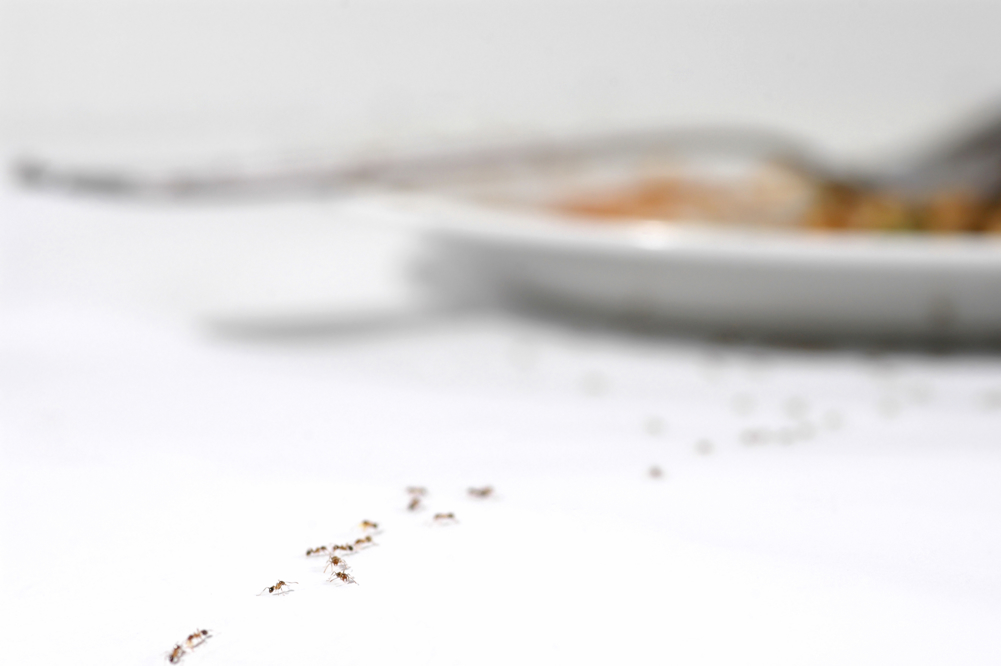 Small white insects in the kitchen sink can be a common and frustrating problem for homeowners. These pesky insects are often found crawling around the sink area, and can be difficult to get rid of. Not only are they unsightly, but they can also contaminate your food and spread bacteria. In this article, we will discuss the different types of small white insects that can be found in your kitchen sink, the potential risks they pose, and ways to effectively get rid of them.
Small white insects in the kitchen sink can be a common and frustrating problem for homeowners. These pesky insects are often found crawling around the sink area, and can be difficult to get rid of. Not only are they unsightly, but they can also contaminate your food and spread bacteria. In this article, we will discuss the different types of small white insects that can be found in your kitchen sink, the potential risks they pose, and ways to effectively get rid of them.
Identifying the Types of Small White Insects in Your Kitchen Sink
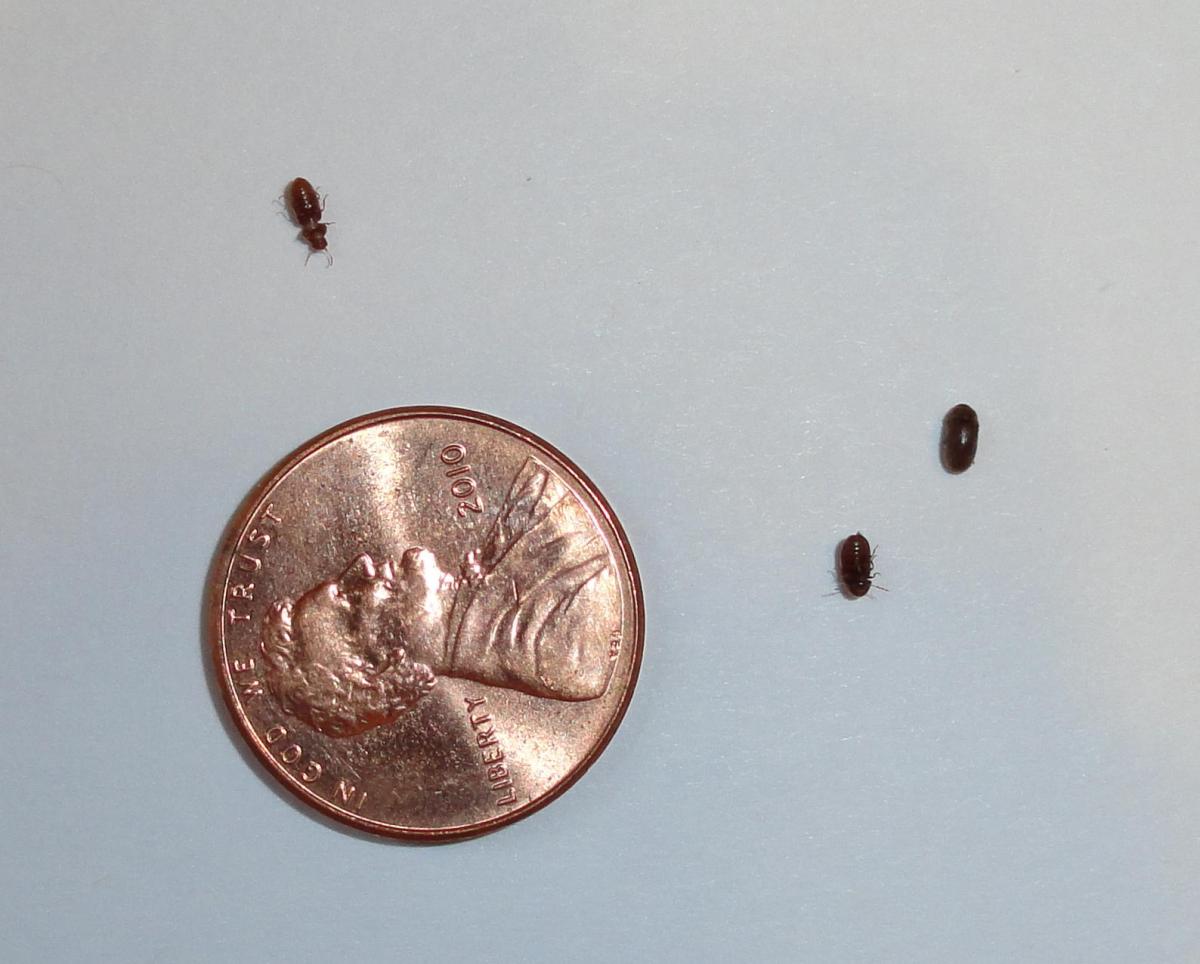 The most common types of small white insects found in kitchen sinks are springtails, fungus gnats, and drain flies. Springtails are tiny insects that are attracted to moisture and can be found in damp areas such as sinks and drains. Fungus gnats are also attracted to moisture and can be identified by their long legs and delicate wings. Drain flies, also known as sink flies, are small flies that breed in the organic matter often found in sink drains.
The most common types of small white insects found in kitchen sinks are springtails, fungus gnats, and drain flies. Springtails are tiny insects that are attracted to moisture and can be found in damp areas such as sinks and drains. Fungus gnats are also attracted to moisture and can be identified by their long legs and delicate wings. Drain flies, also known as sink flies, are small flies that breed in the organic matter often found in sink drains.
The Risks of Having Small White Insects in Your Kitchen Sink
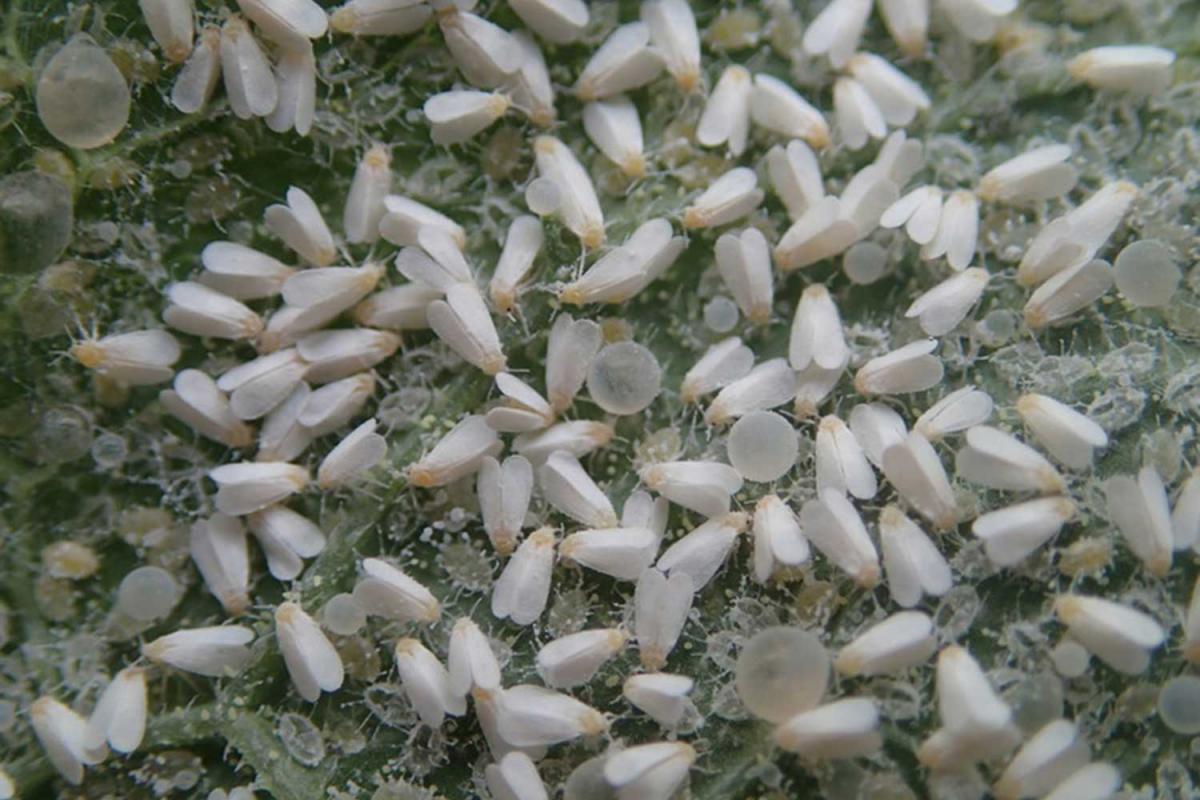 While these insects may seem harmless, they can actually pose a risk to your health and home. Springtails and fungus gnats can contaminate your food with bacteria, and their presence can be a sign of underlying moisture issues in your home. Drain flies can also spread bacteria and can even clog your drains if left unchecked.
While these insects may seem harmless, they can actually pose a risk to your health and home. Springtails and fungus gnats can contaminate your food with bacteria, and their presence can be a sign of underlying moisture issues in your home. Drain flies can also spread bacteria and can even clog your drains if left unchecked.
Effective Ways to Get Rid of Small White Insects in Your Kitchen Sink
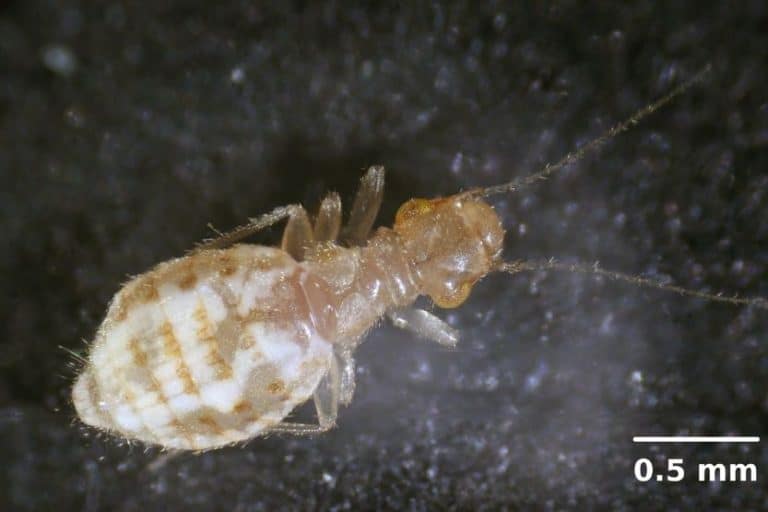 The first step in getting rid of small white insects in your kitchen sink is to identify the source of the problem. If the issue is with your plumbing, it may be best to call a professional. However, if the problem is with insects breeding in your sink or drains, there are a few steps you can take. These include keeping your sink and drains clean and dry, using natural remedies such as vinegar or baking soda to clean your drains, and using insecticides specifically designed for these types of insects.
In conclusion, small white insects in your kitchen sink can be a nuisance and a potential health hazard. By identifying the type of insect and taking the necessary steps to eliminate them, you can ensure a clean and healthy kitchen environment. Remember to regularly clean and maintain your sink and drains to prevent these insects from returning.
The first step in getting rid of small white insects in your kitchen sink is to identify the source of the problem. If the issue is with your plumbing, it may be best to call a professional. However, if the problem is with insects breeding in your sink or drains, there are a few steps you can take. These include keeping your sink and drains clean and dry, using natural remedies such as vinegar or baking soda to clean your drains, and using insecticides specifically designed for these types of insects.
In conclusion, small white insects in your kitchen sink can be a nuisance and a potential health hazard. By identifying the type of insect and taking the necessary steps to eliminate them, you can ensure a clean and healthy kitchen environment. Remember to regularly clean and maintain your sink and drains to prevent these insects from returning.



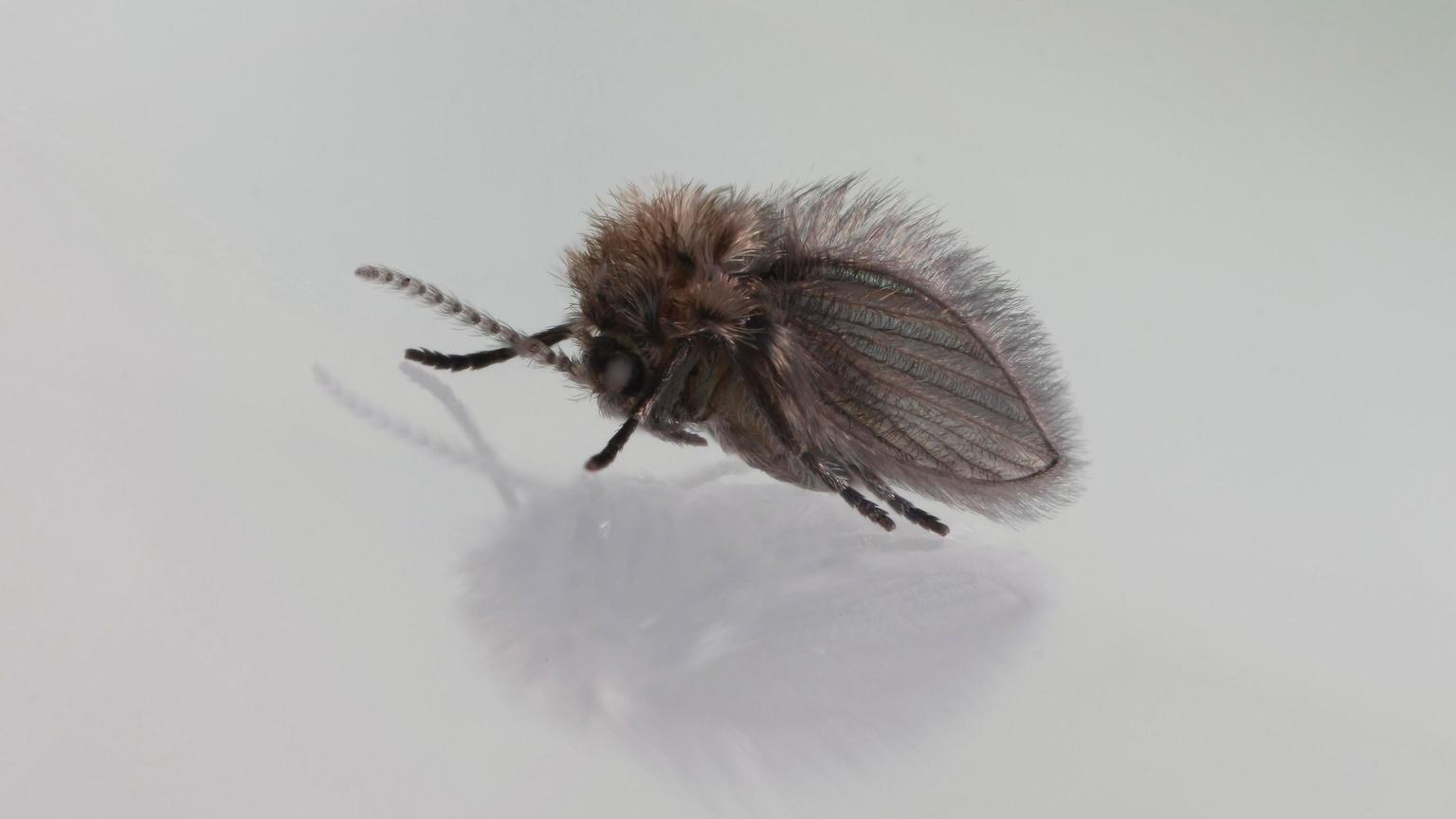
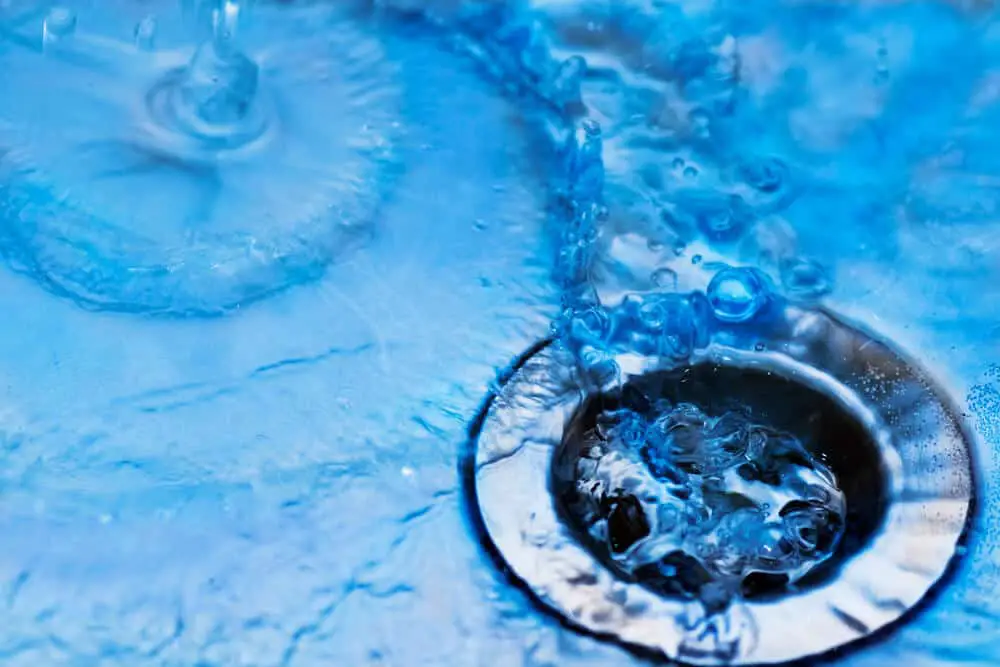
/Getting-rid-of-drain-flies-2656670-V1-1340ca9ec3a743cb95a366862a9961c1.png)
:max_bytes(150000):strip_icc()/Applecider-ver1-a38c1778c648462aa873aa3ee484ccfa.jpg)
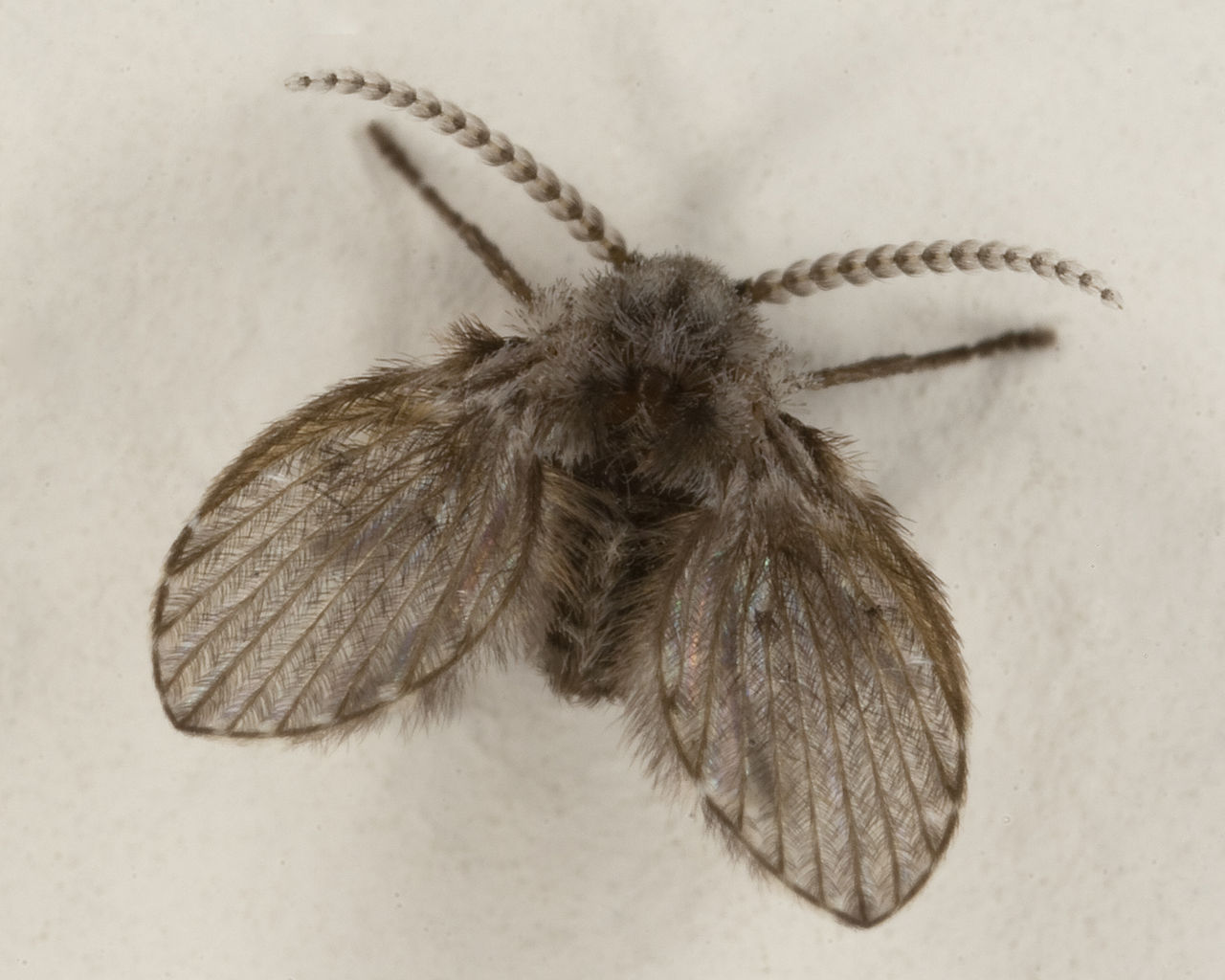

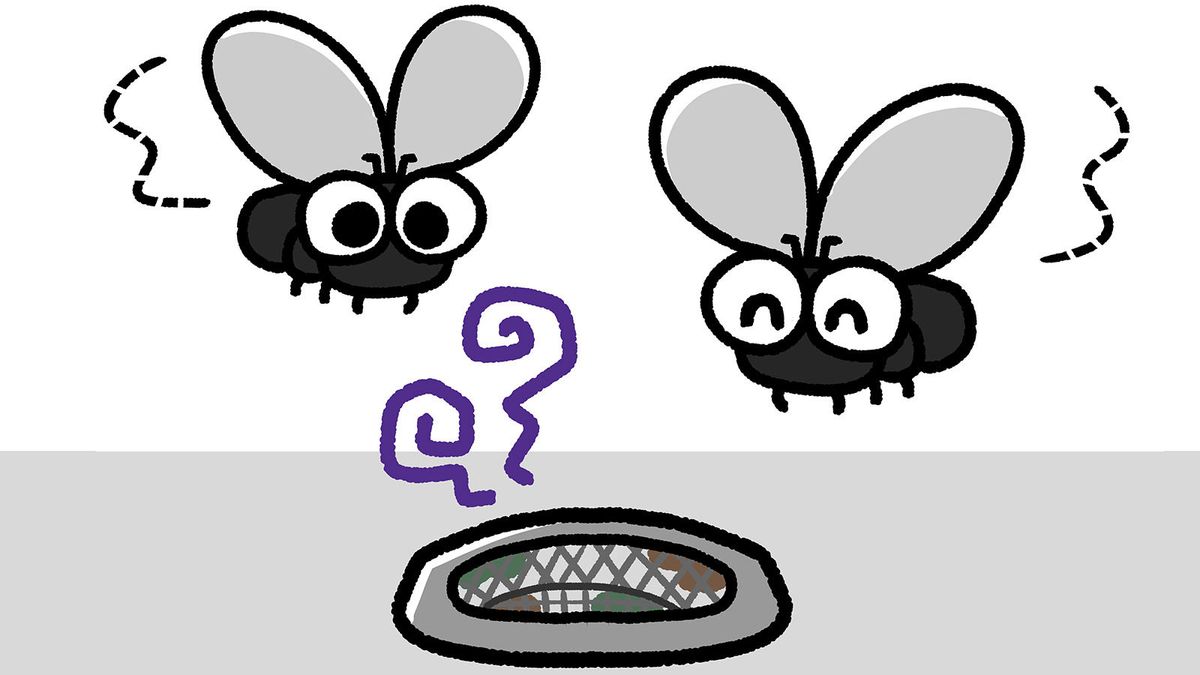



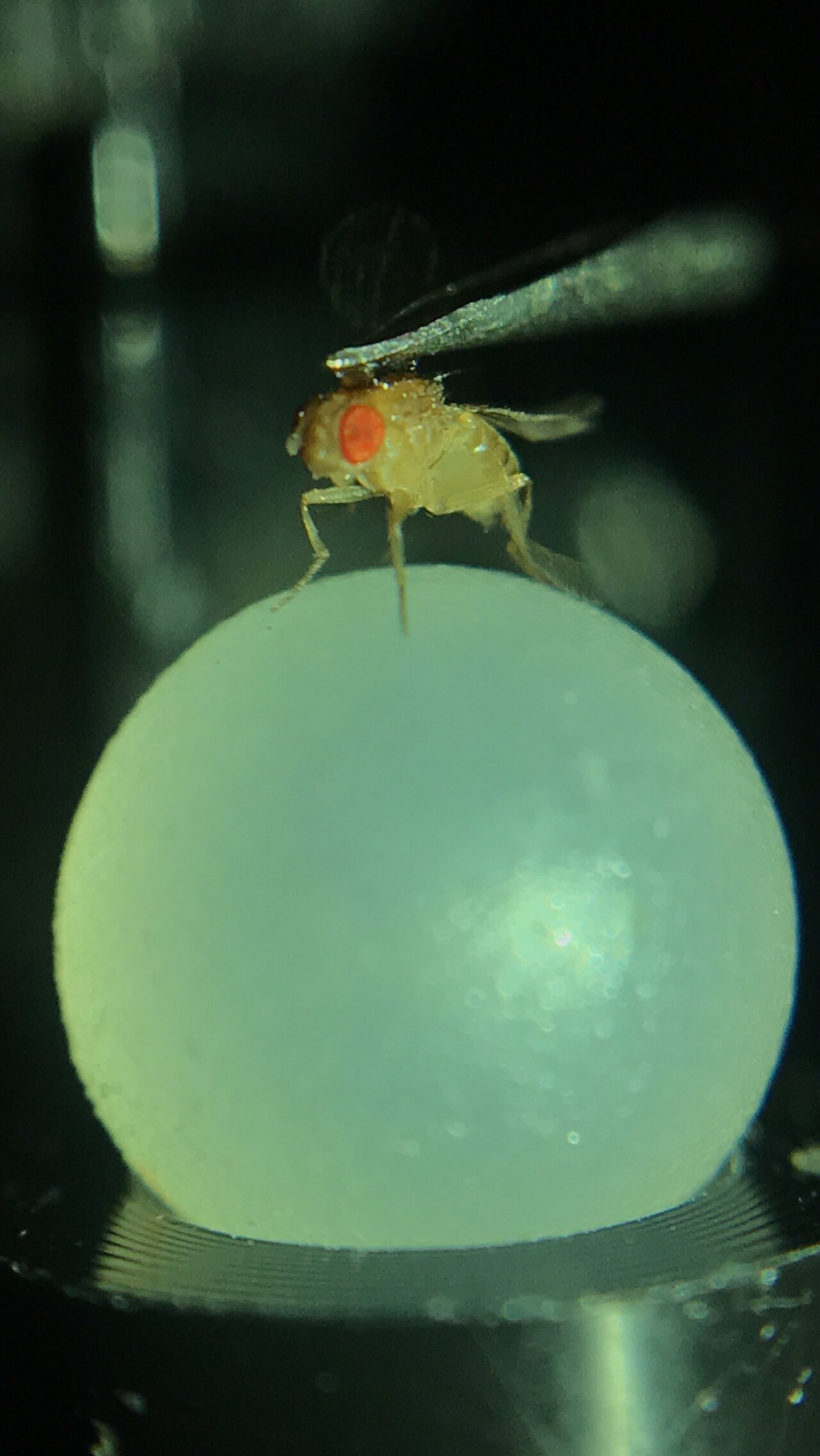

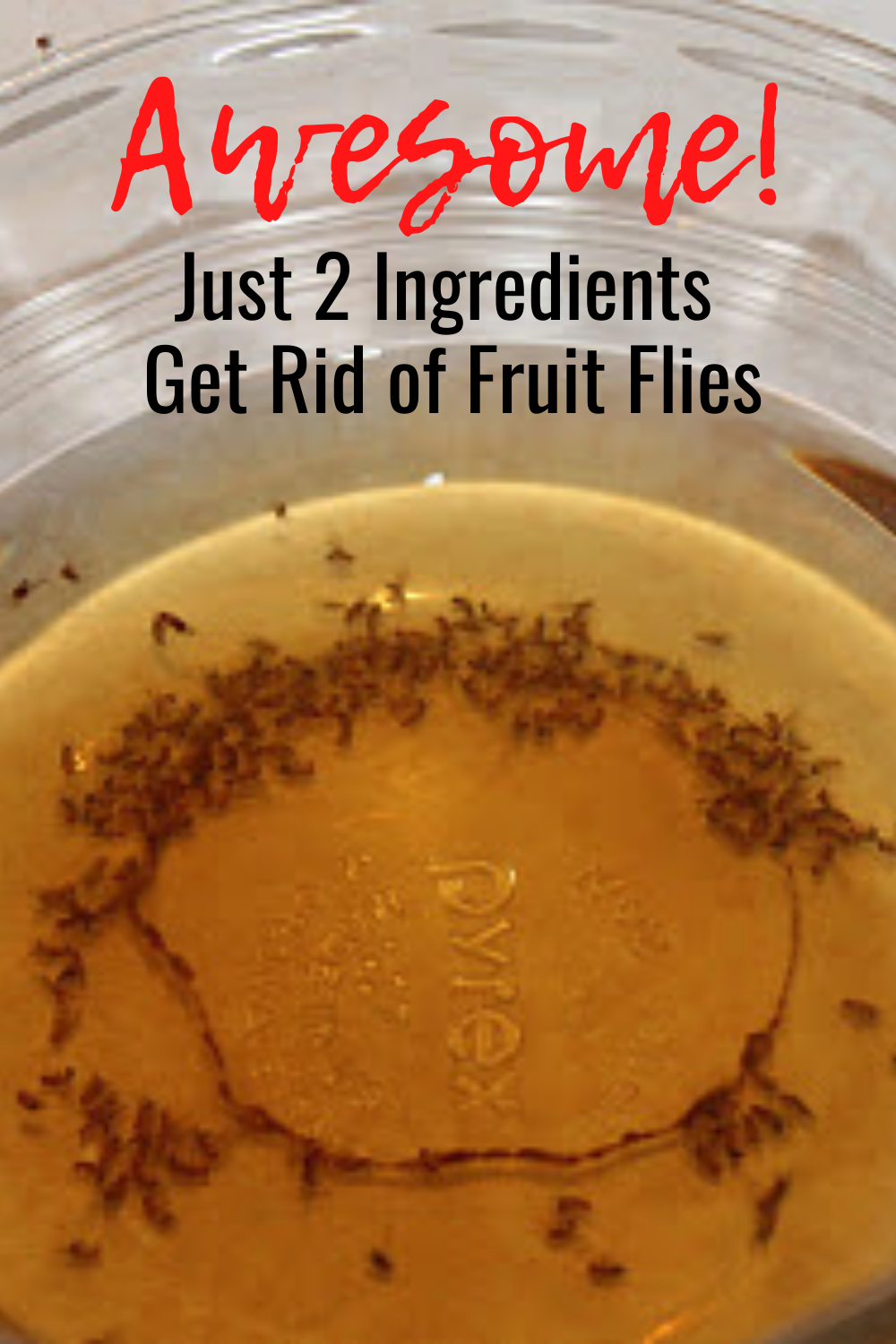
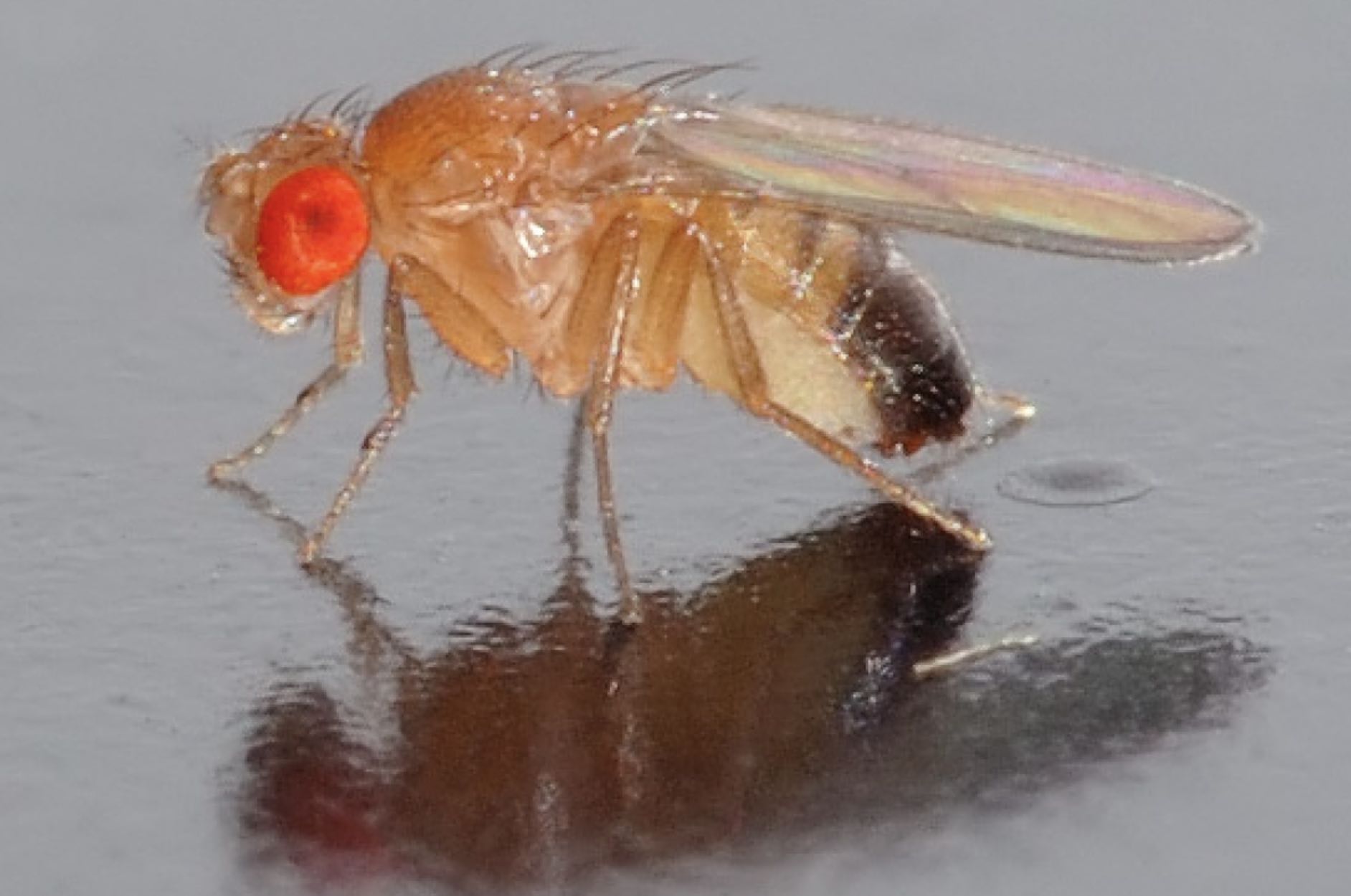
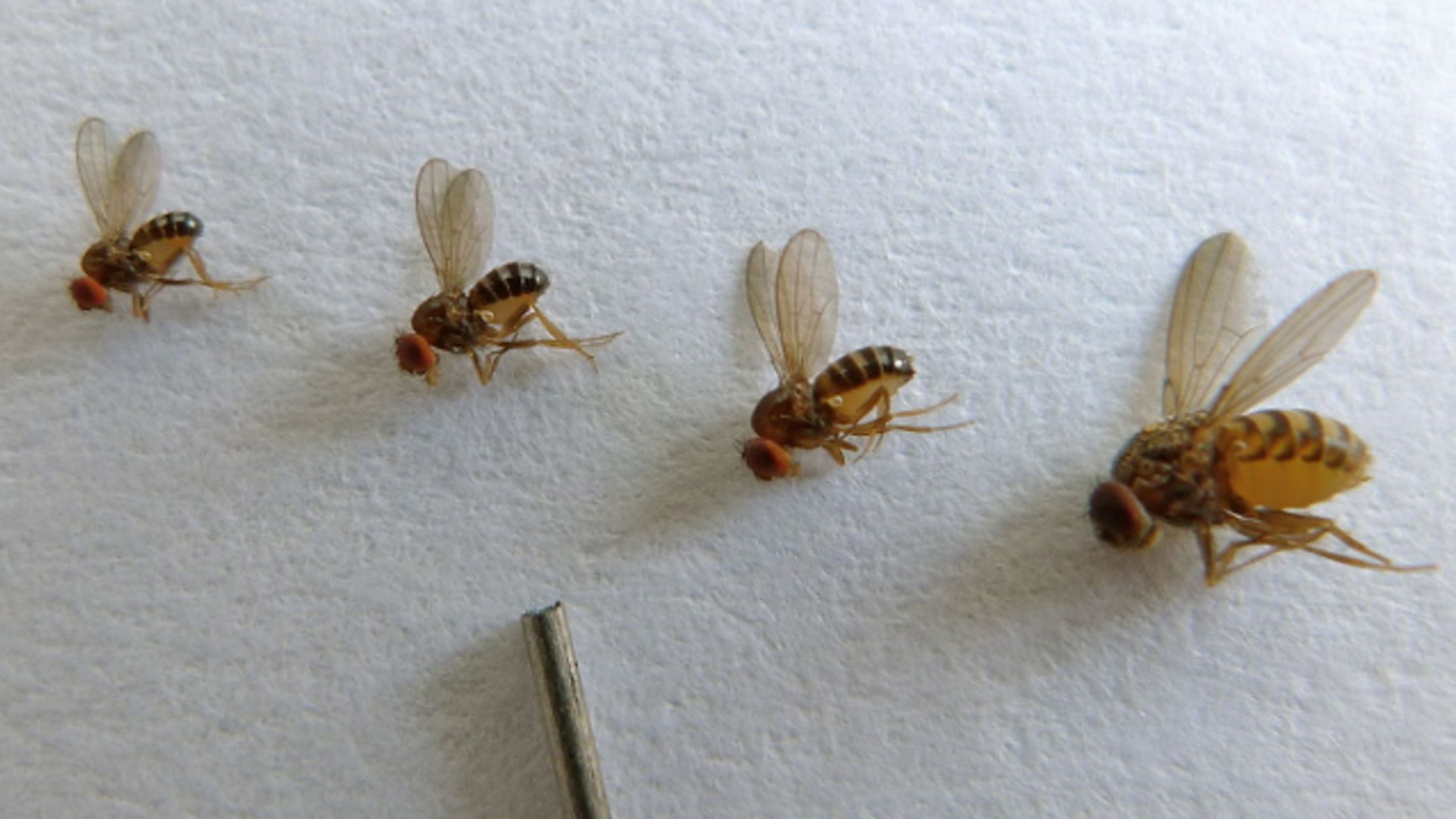
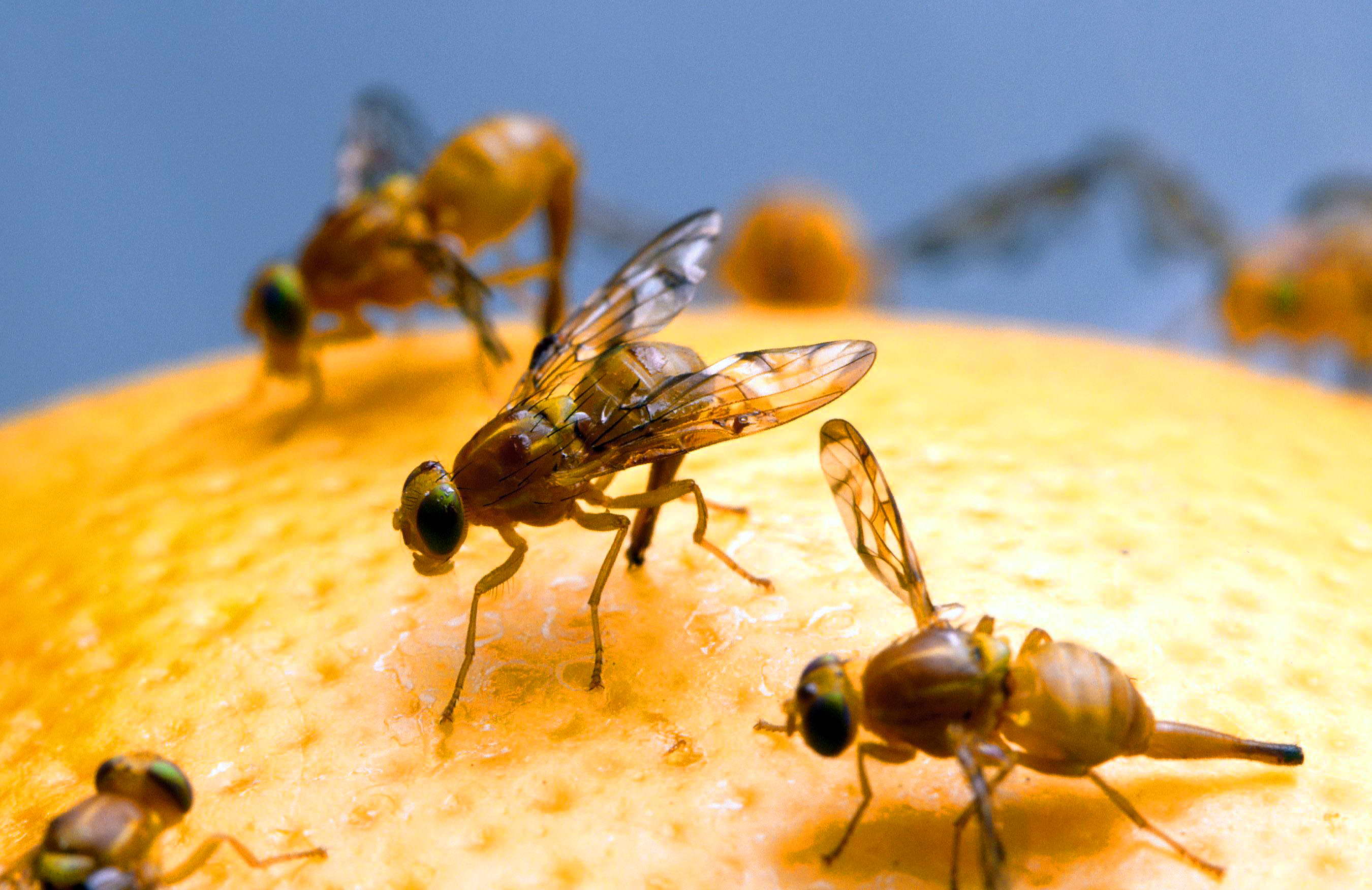


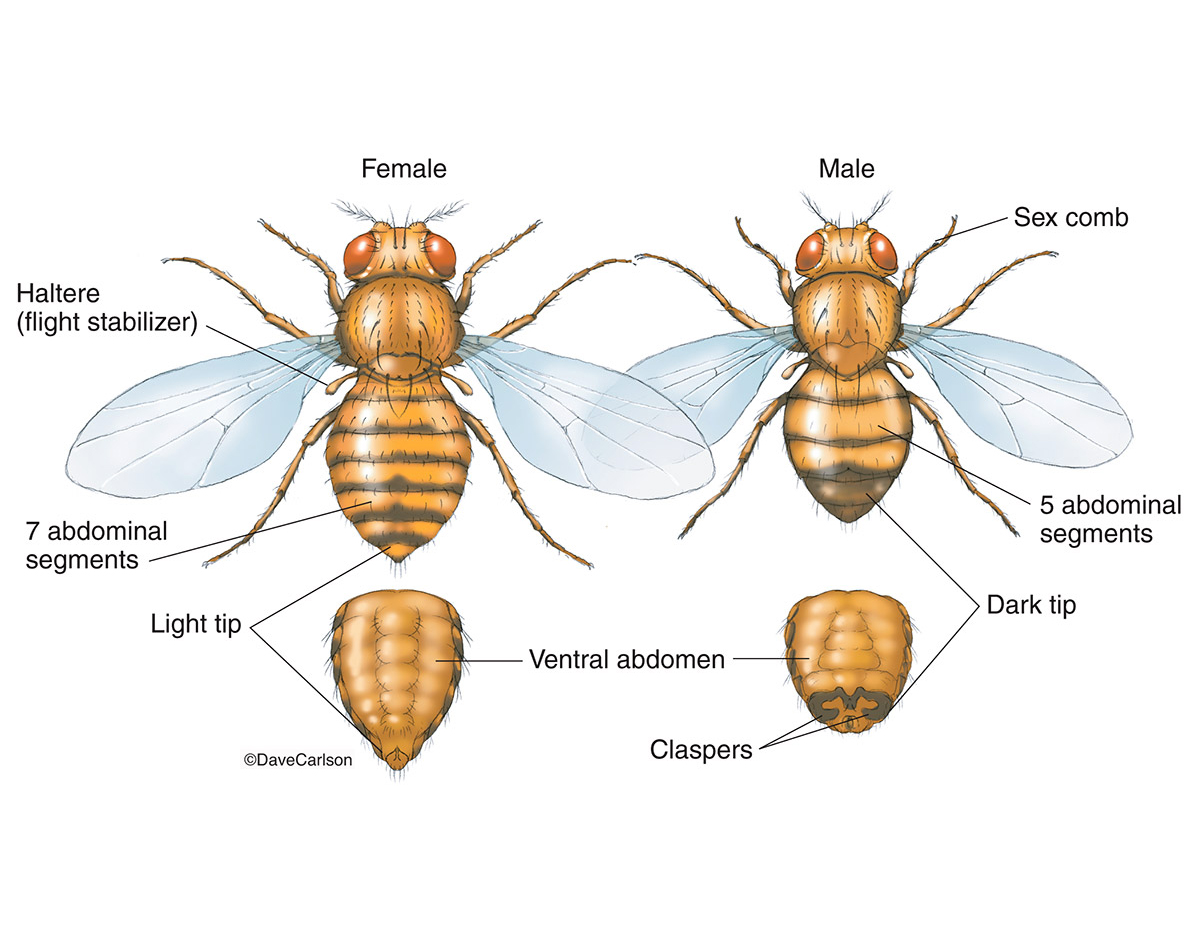
:max_bytes(150000):strip_icc()/GettyImages-174766622-5c662ee34cedfd00012568d5.jpg)
/fruit-flies-19ec79e5f9ca43e5a28ff8cfab4b2255.gif)
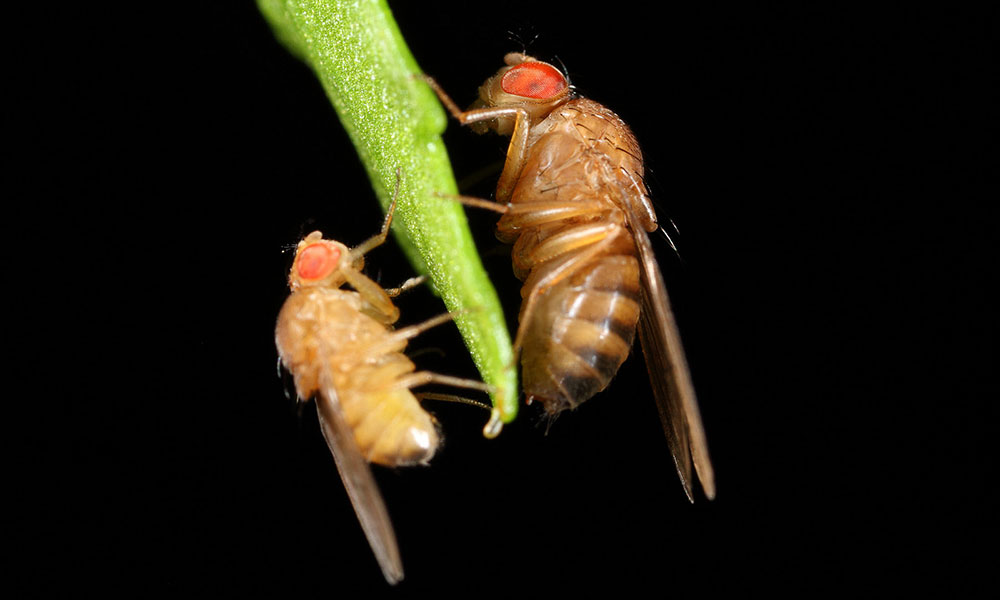







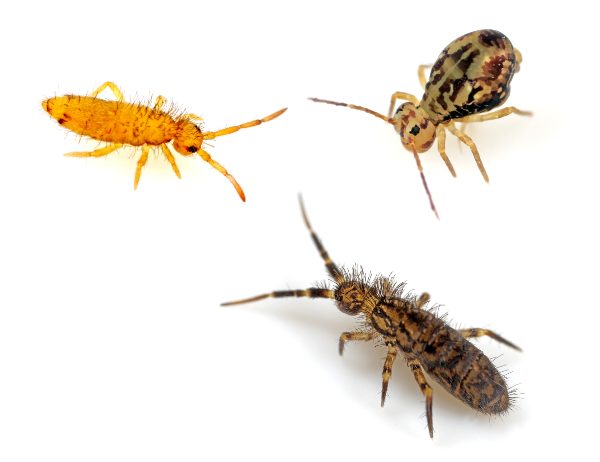






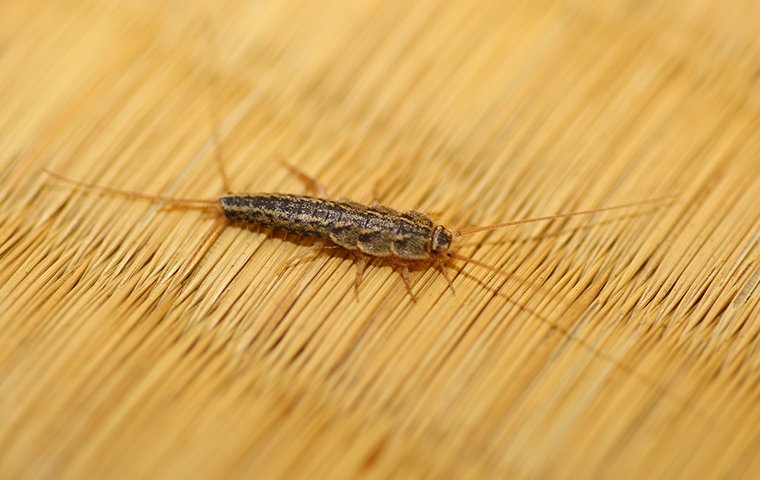

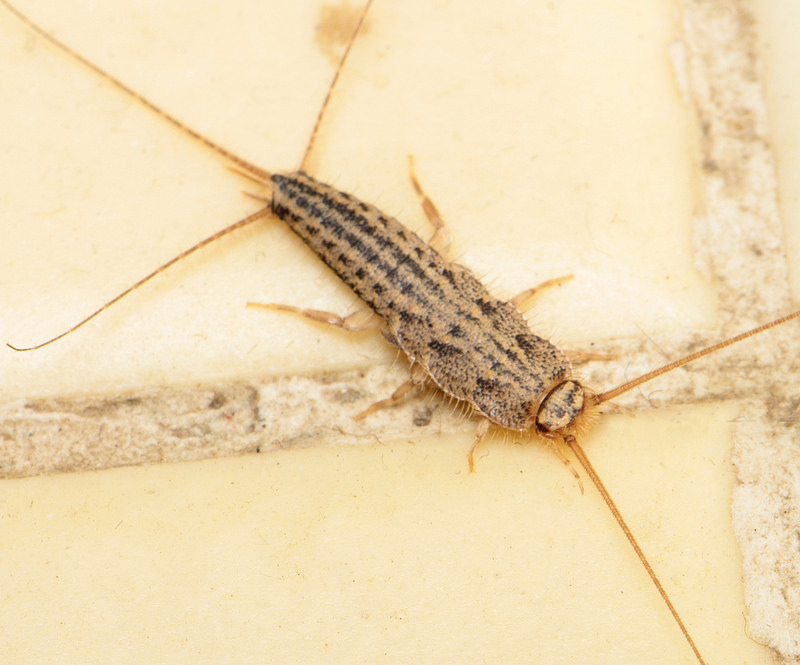
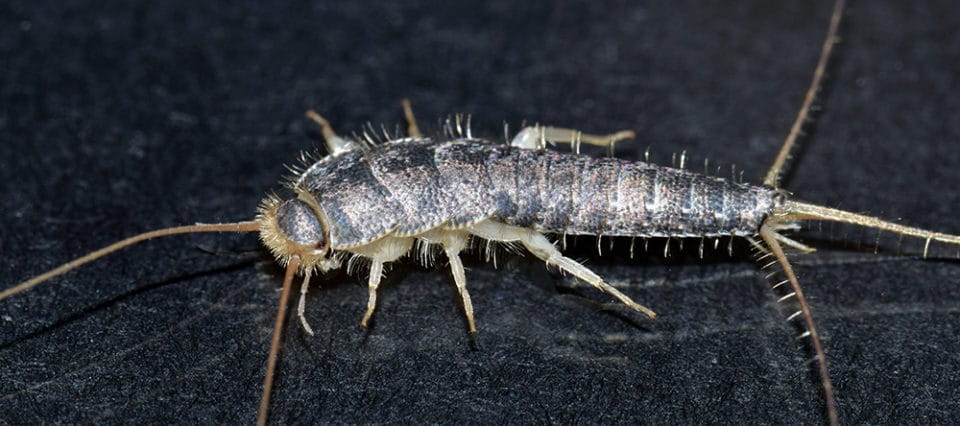
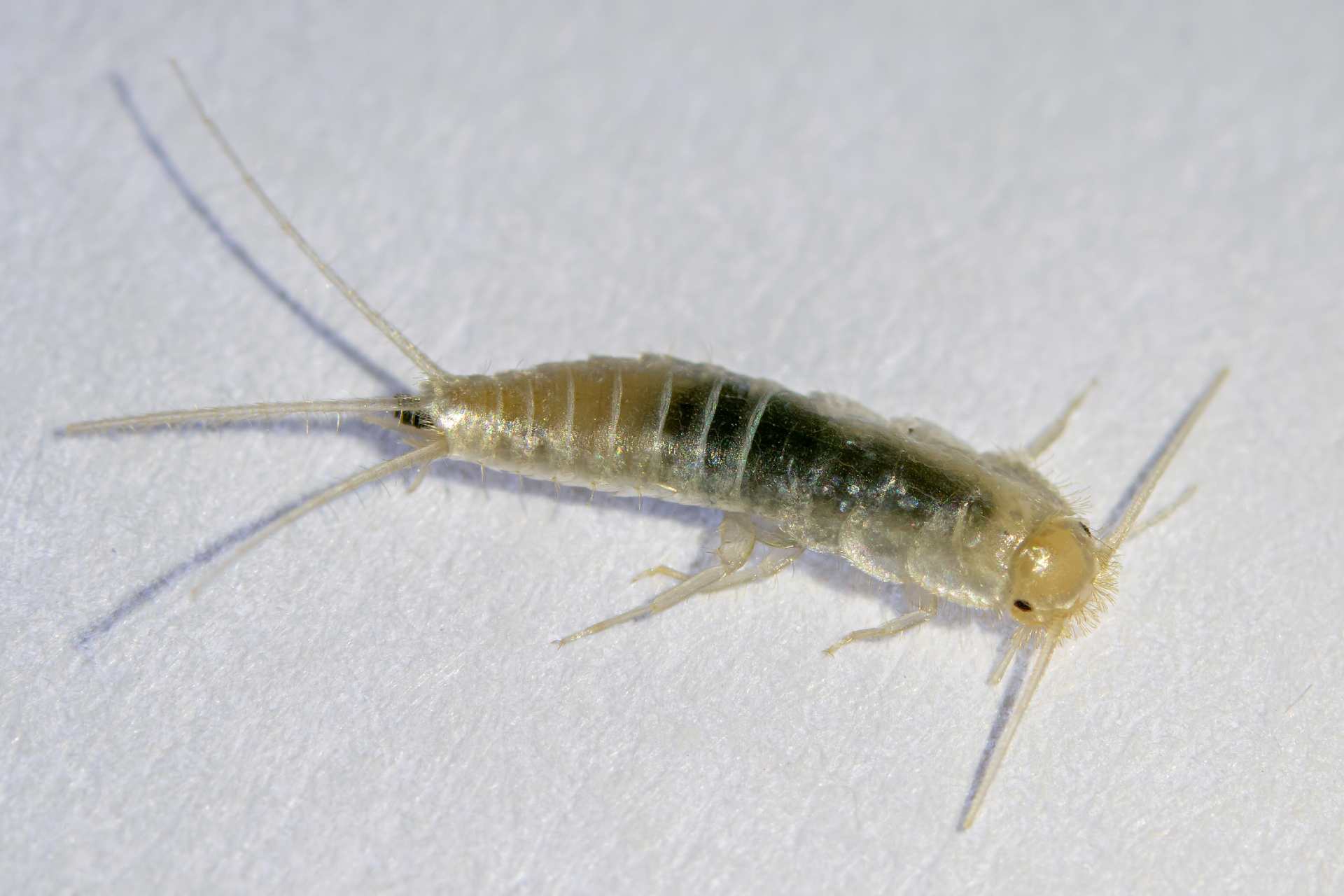

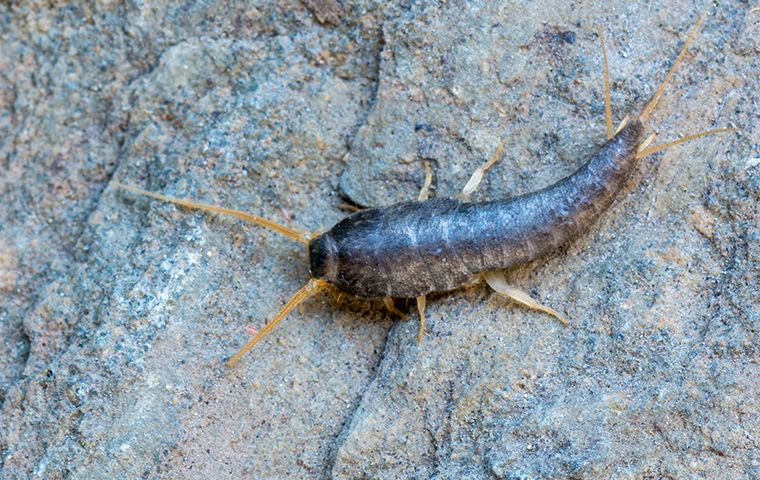






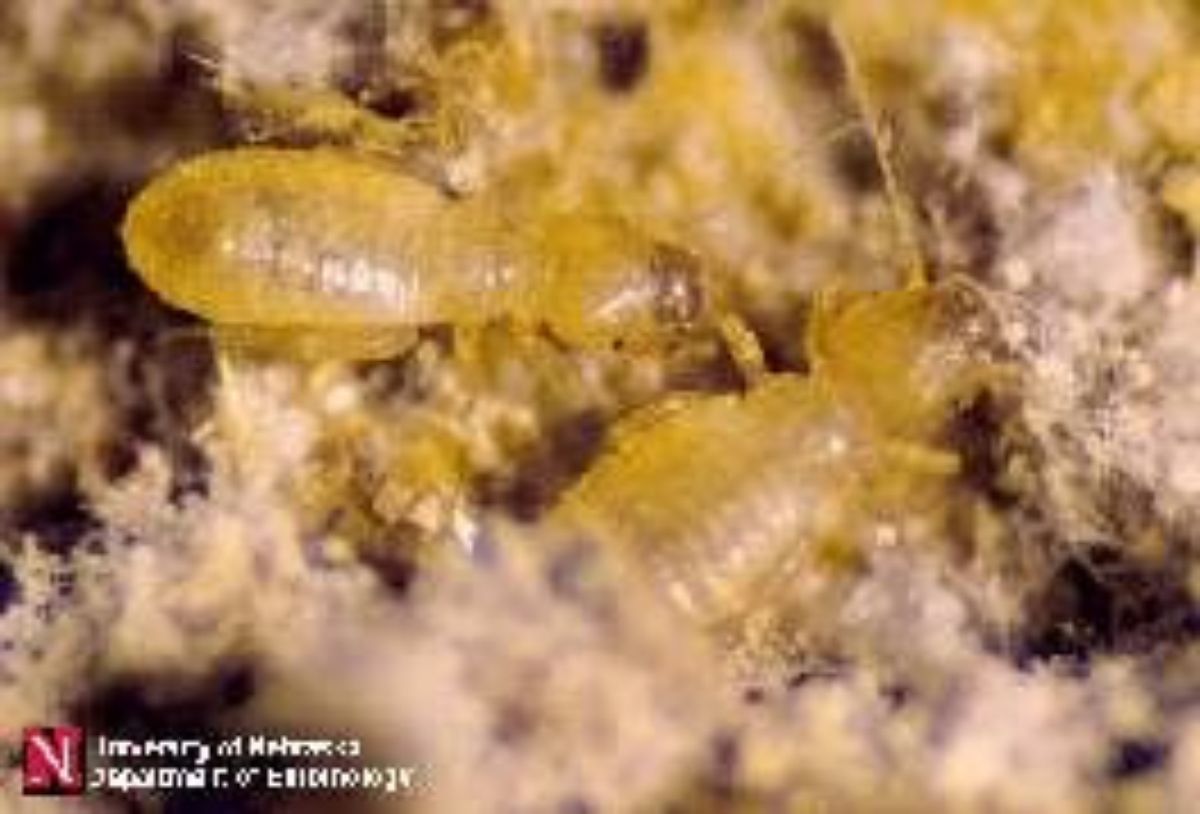






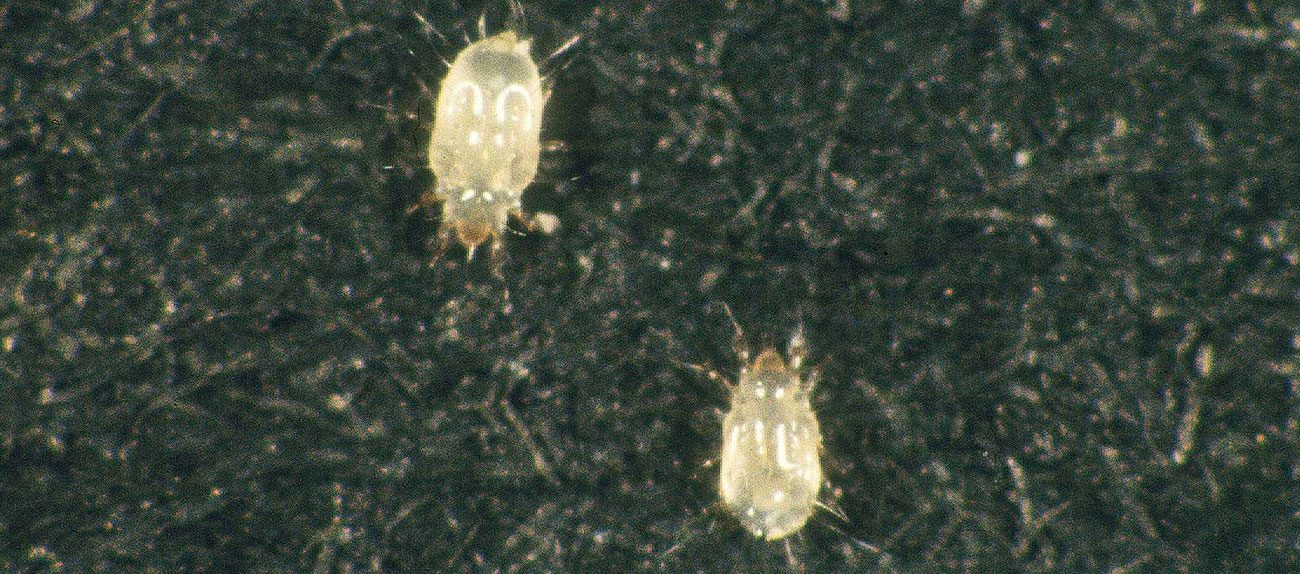



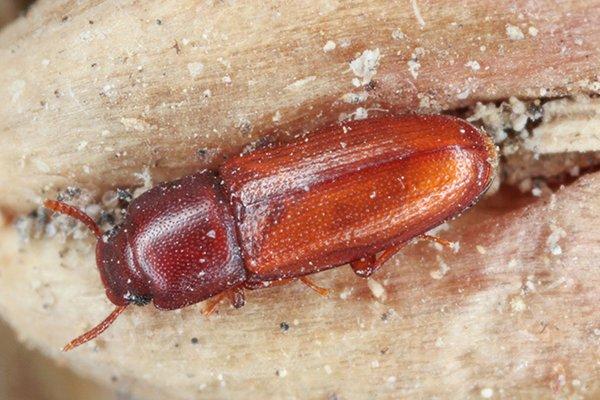

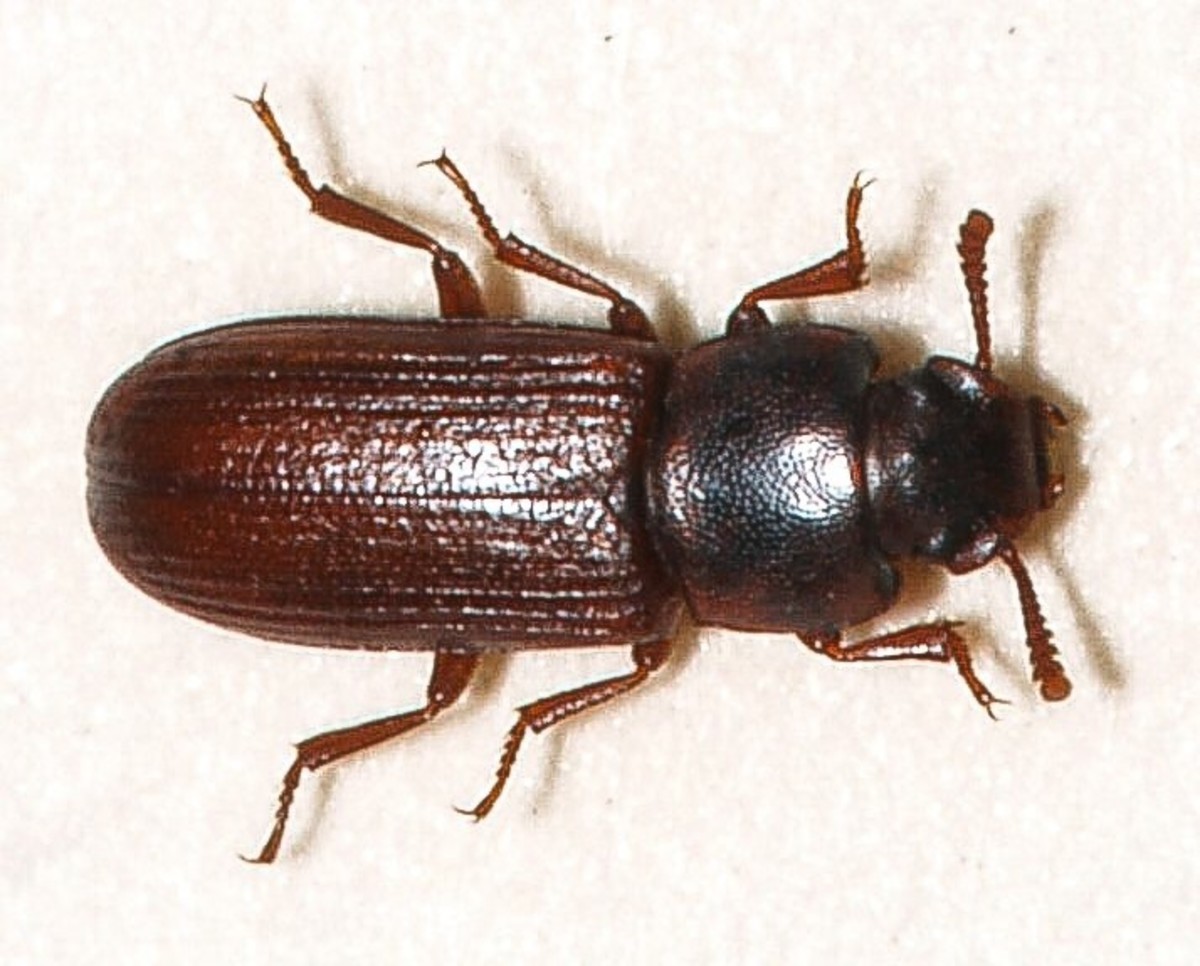




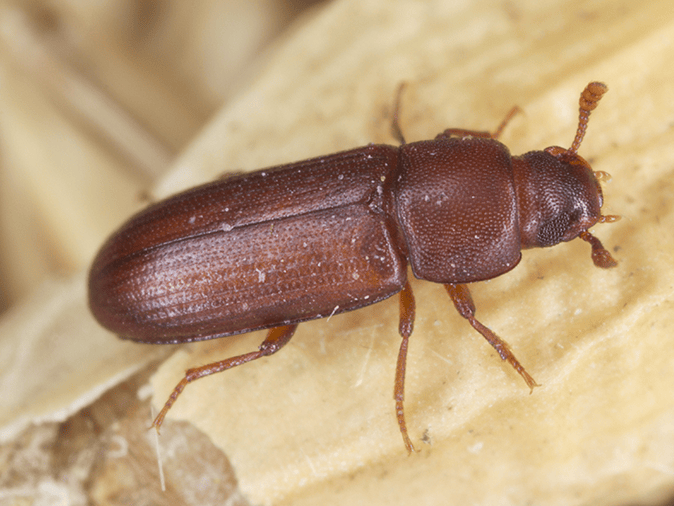




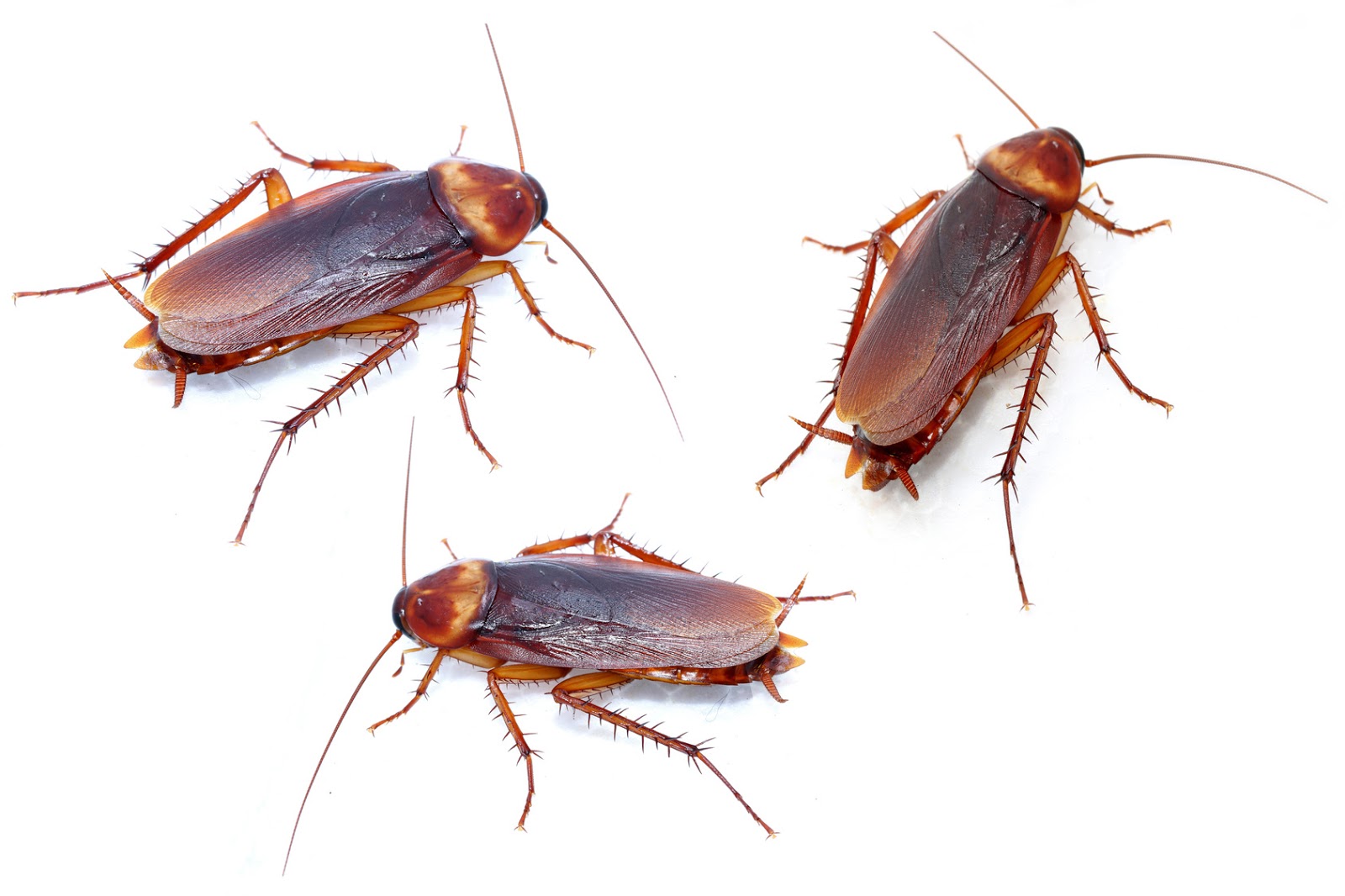
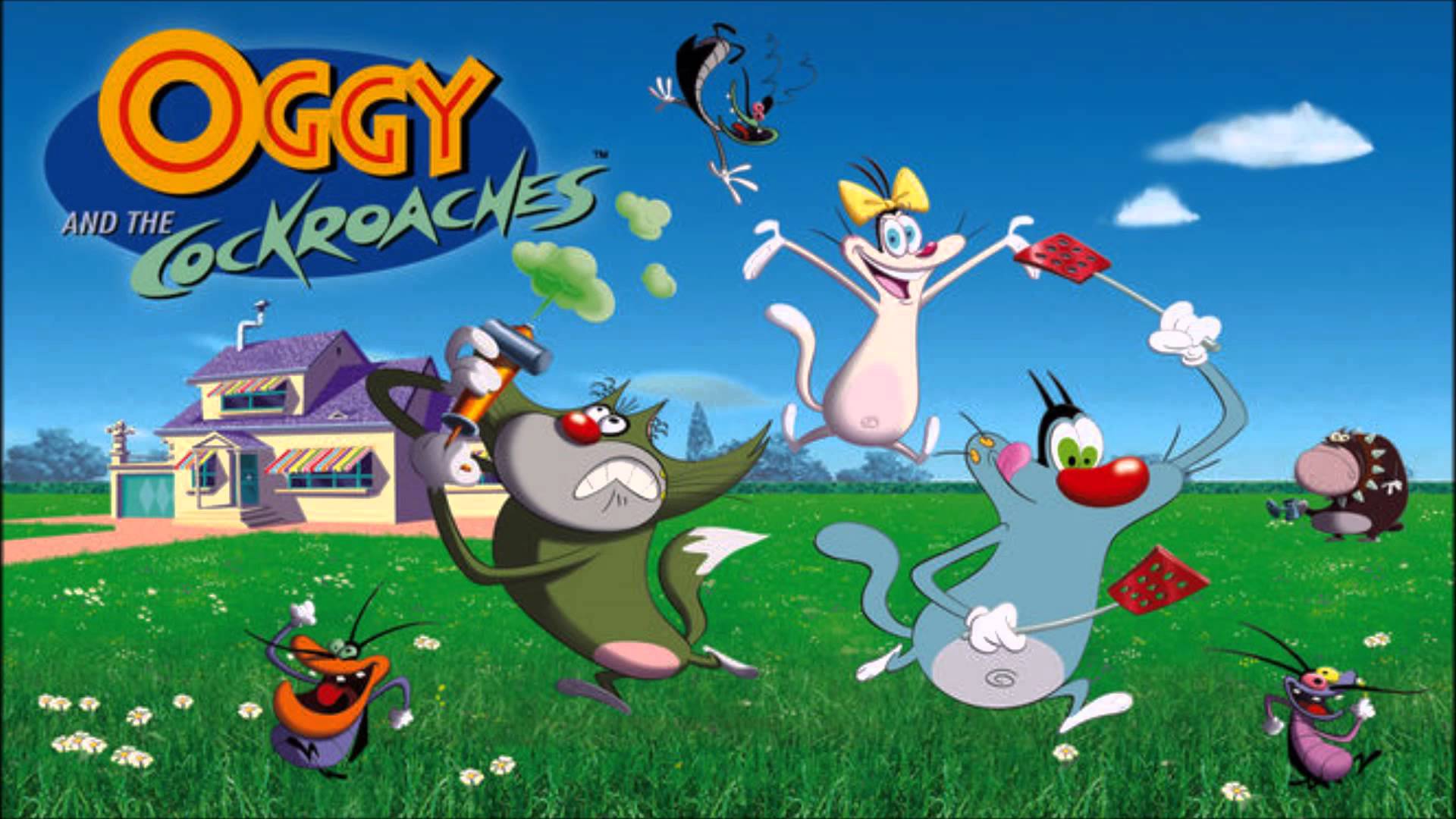
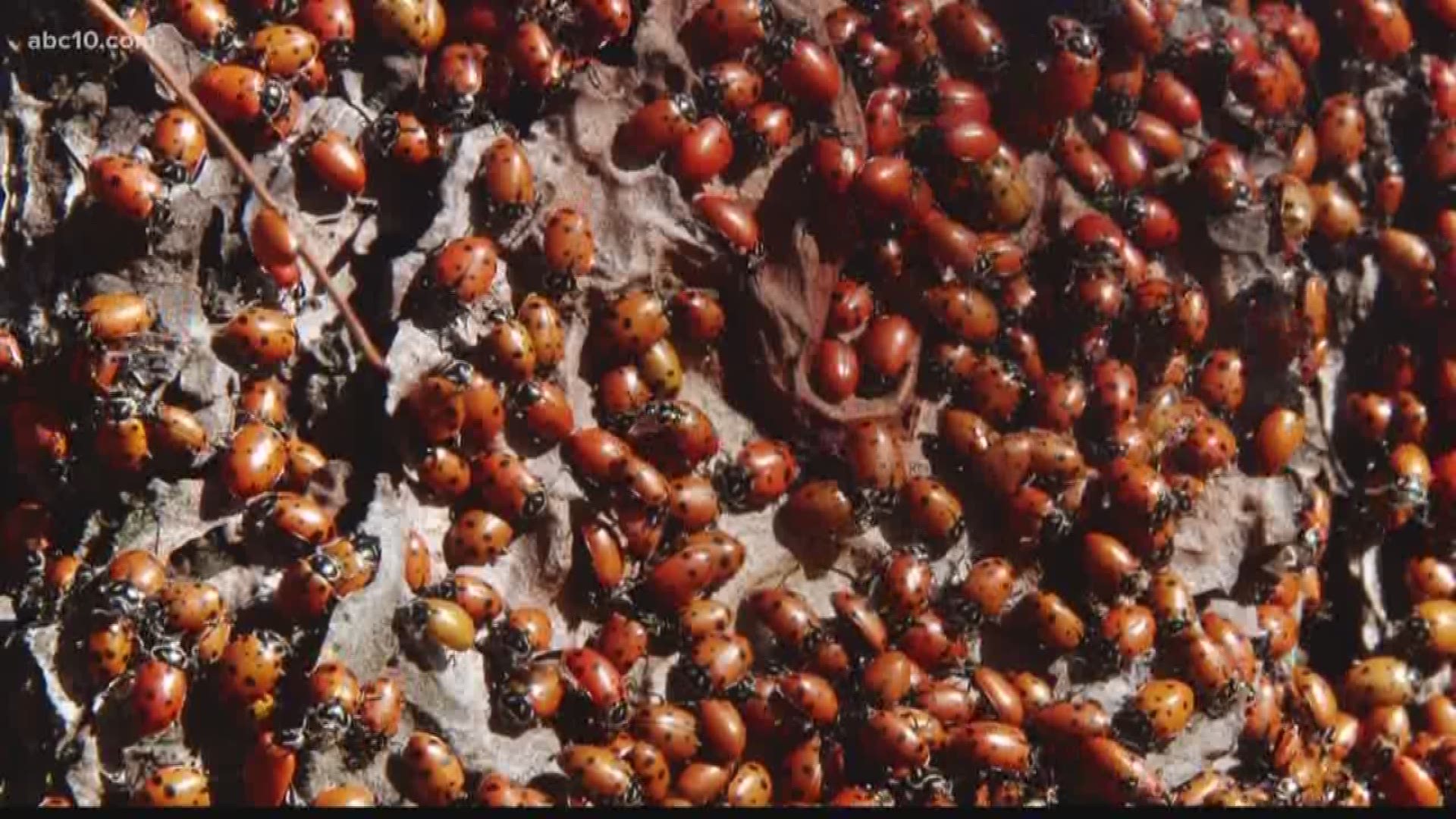









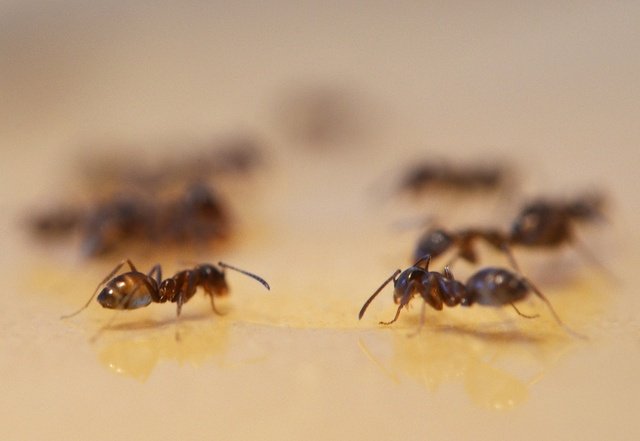
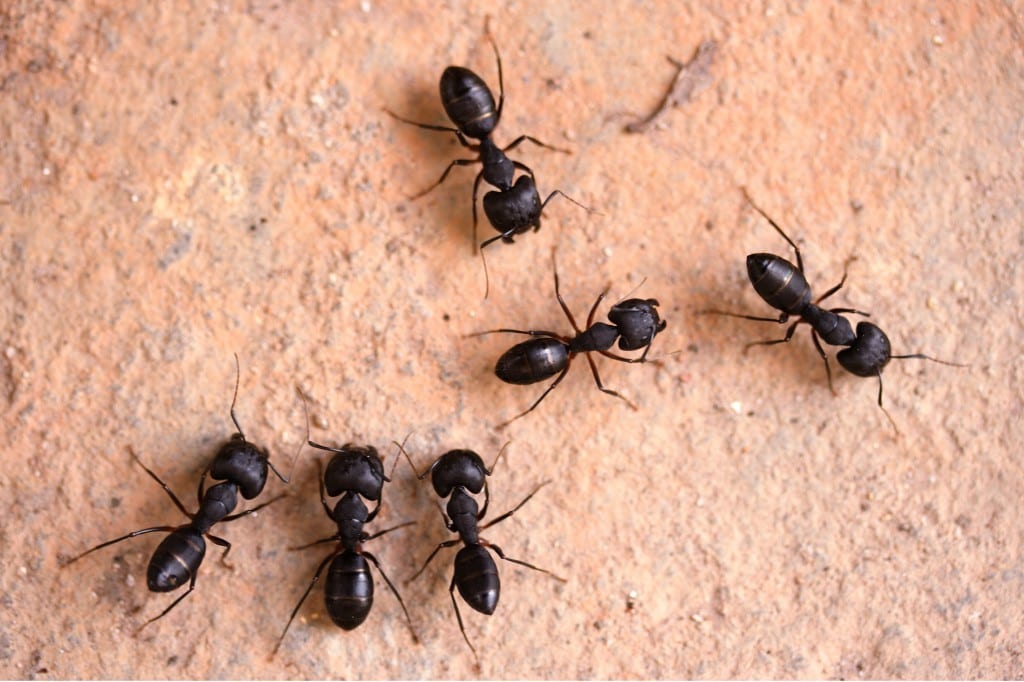
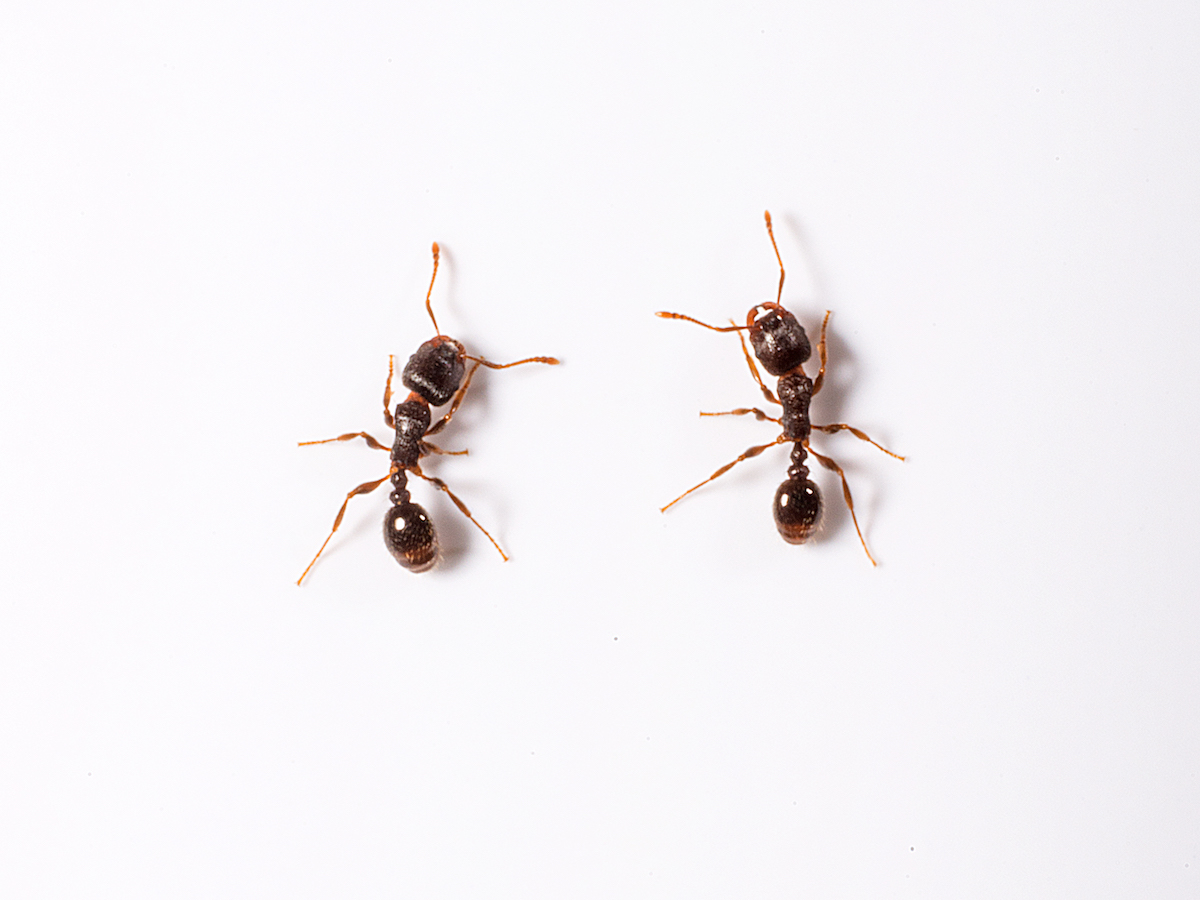

:max_bytes(150000):strip_icc()/__opt__aboutcom__coeus__resources__content_migration__mnn__images__2016__04__ants-herding-aphids-275a6c56397443029489745bf8f249aa.jpg)





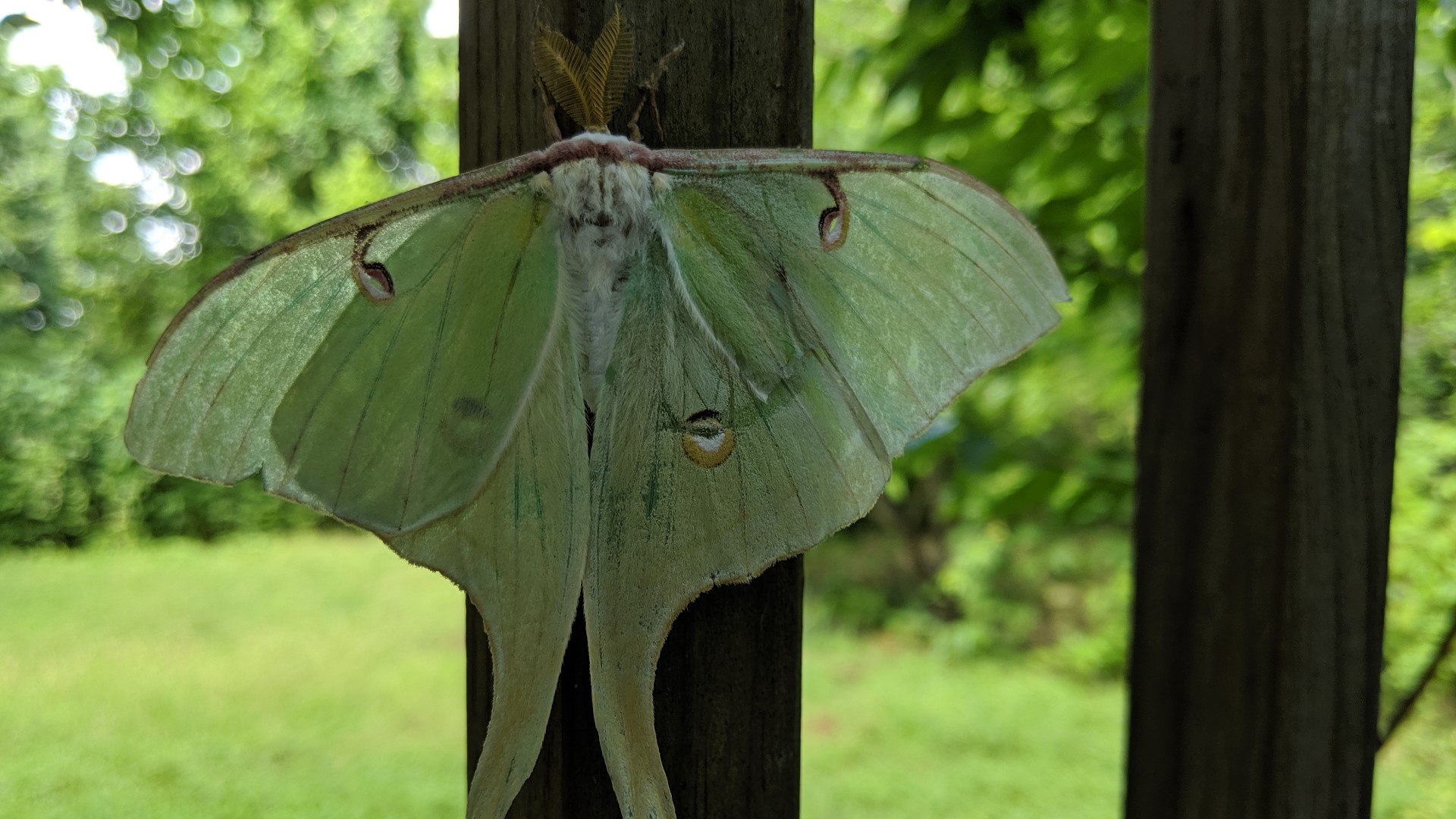


/moths-on-wool-sweater-112299687-5a55331b47c2660037867187.jpg)


